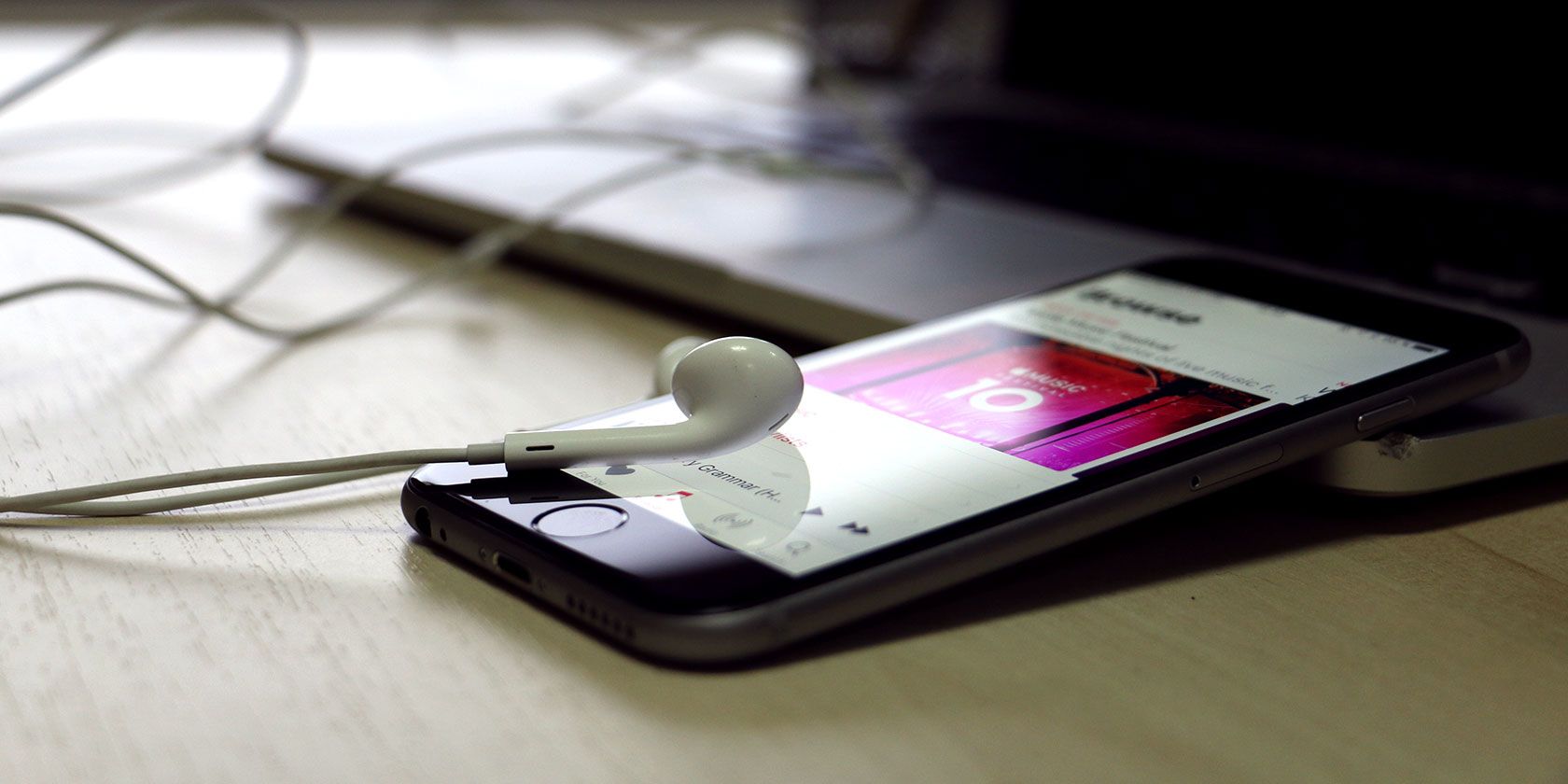Apple Music has a variety of features to make music streaming easier and faster. However, you might not have made use of them yet. Let us tell you, you're missing out. With this in mind, check out our list of Apple Music features to use on your iPhone.
1. Automatic Downloads
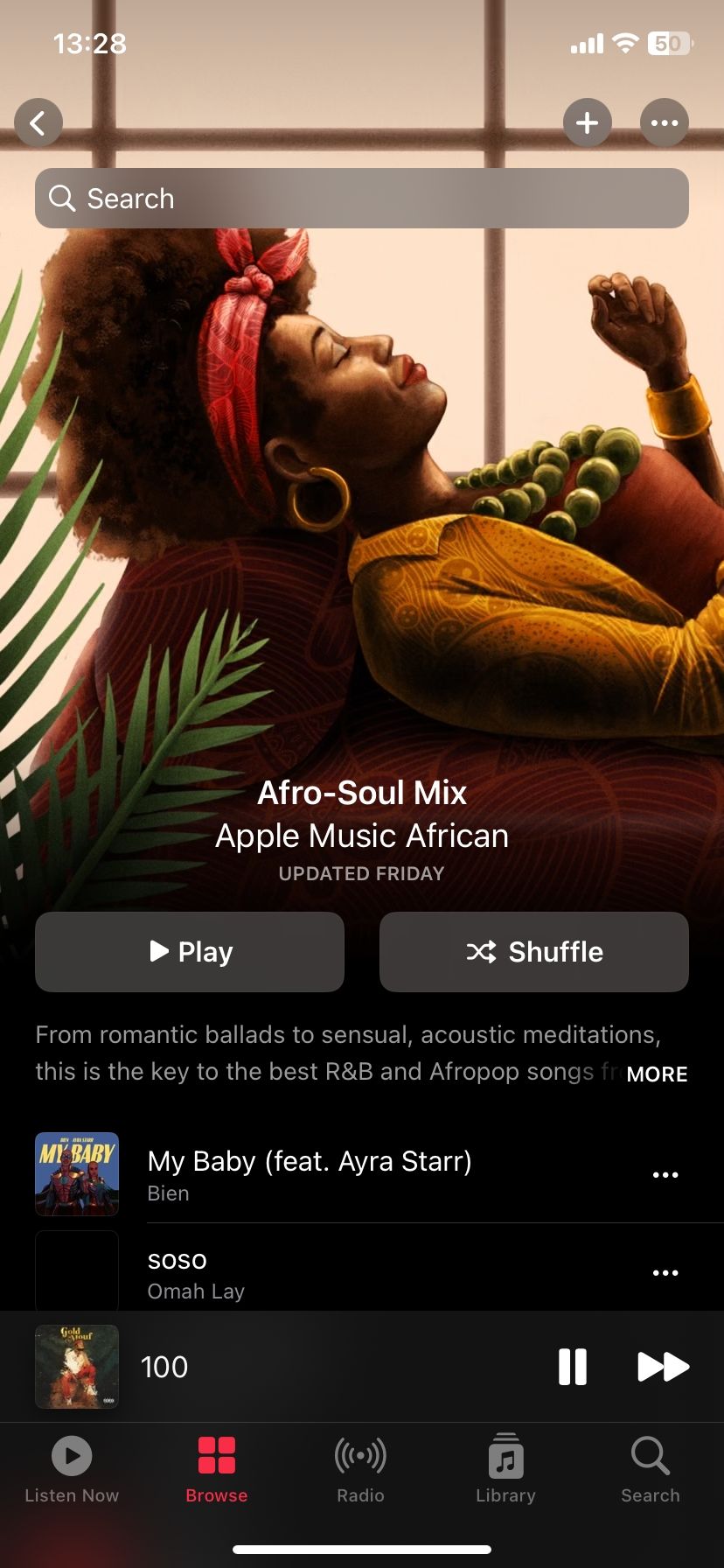
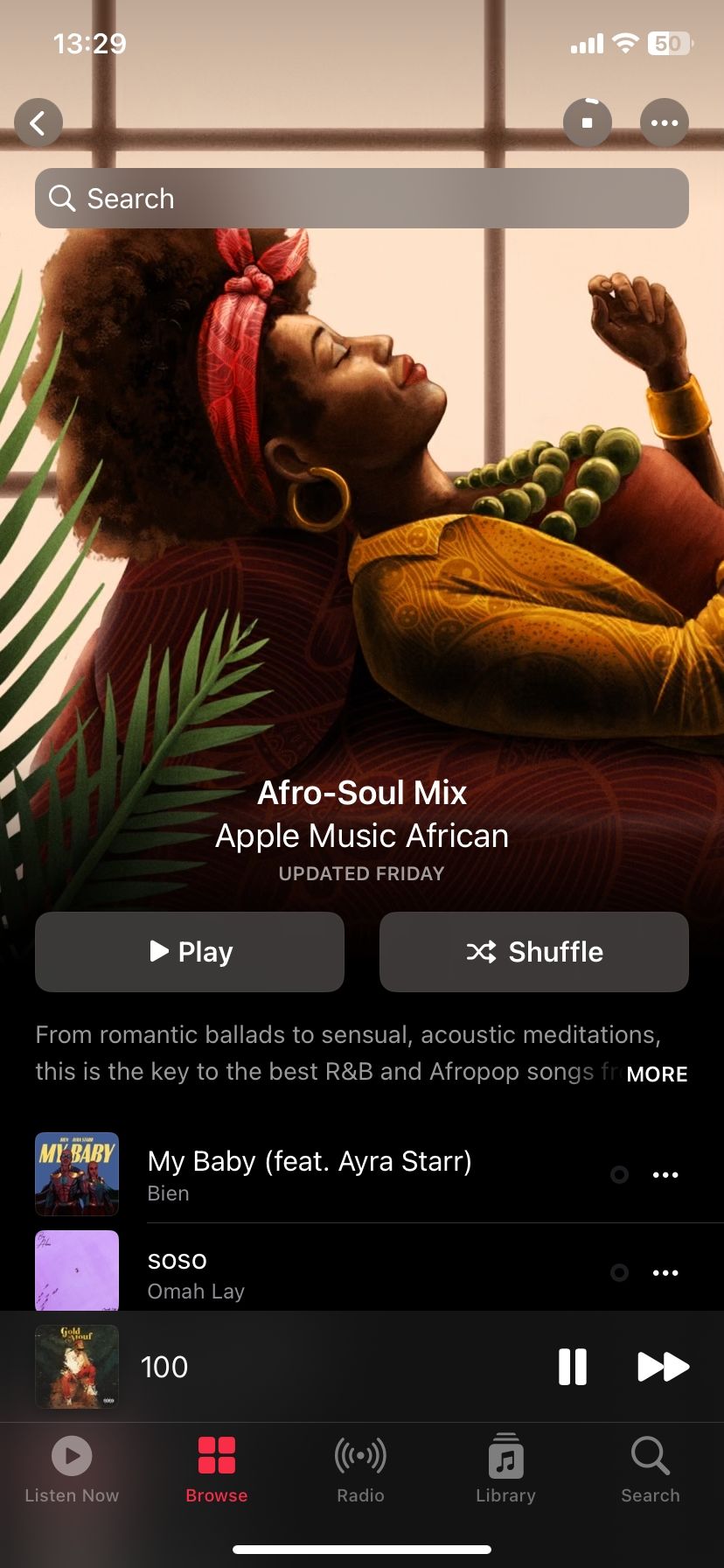
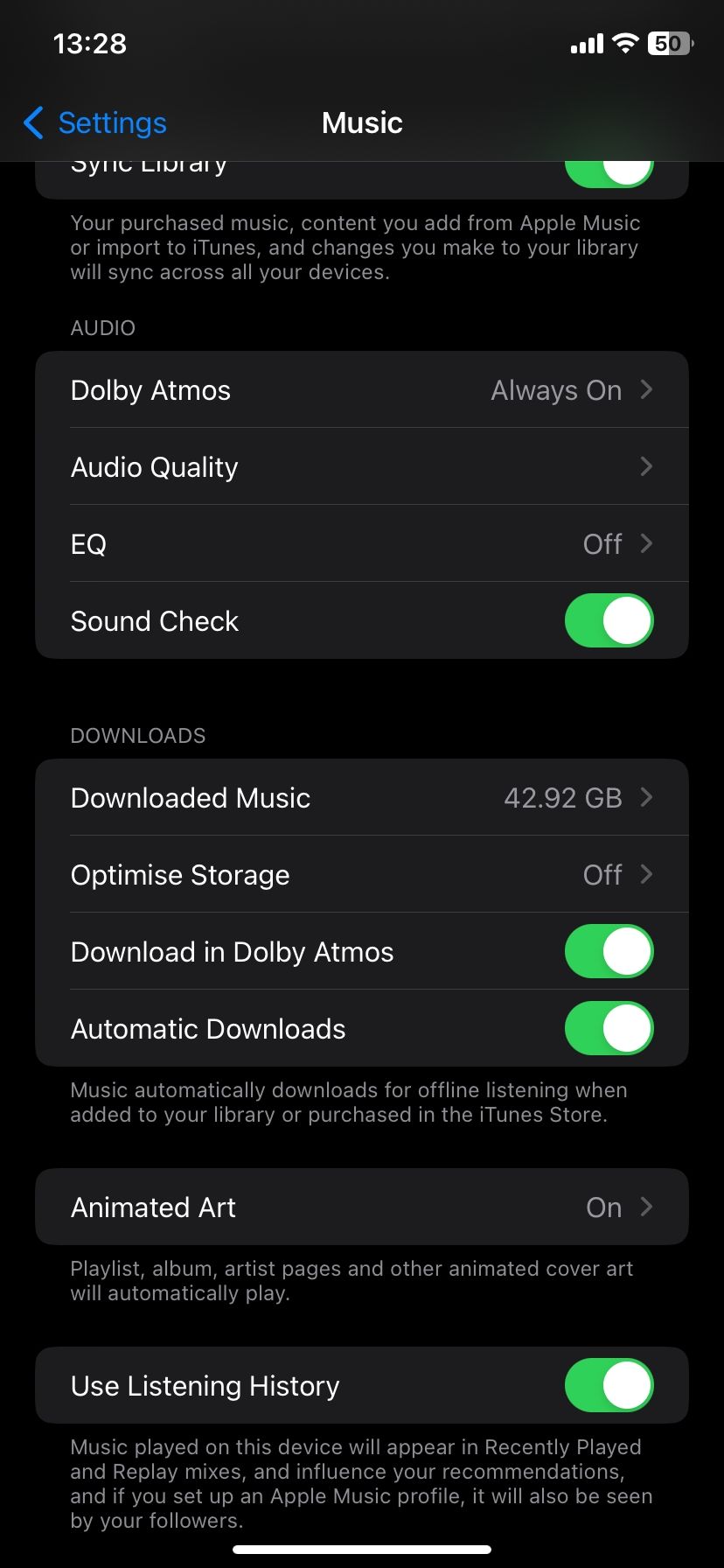
The process for downloading a song, album, or playlist from Apple Music is simple. First, tap on the Add (+) button and wait for it to be added to your Library. Then, when the Add button transforms into a Download button, tap on it to start the download.
There’s a way to make this process one tap shorter. If you enable Automatic Downloads, anything you add to your Library will instantly be downloaded to your iOS device. This is especially useful if you’ve just started building up your collection in Apple Music.
To enable this feature, open the Settings app and go to the Music section. Then enable Automatic Downloads. You’ll need to enable the iCloud Music Library to use this feature. Now, you don’t need to worry about whether you have your favorite albums downloaded locally or not.
2. Subscribe to Apple Curated Playlists
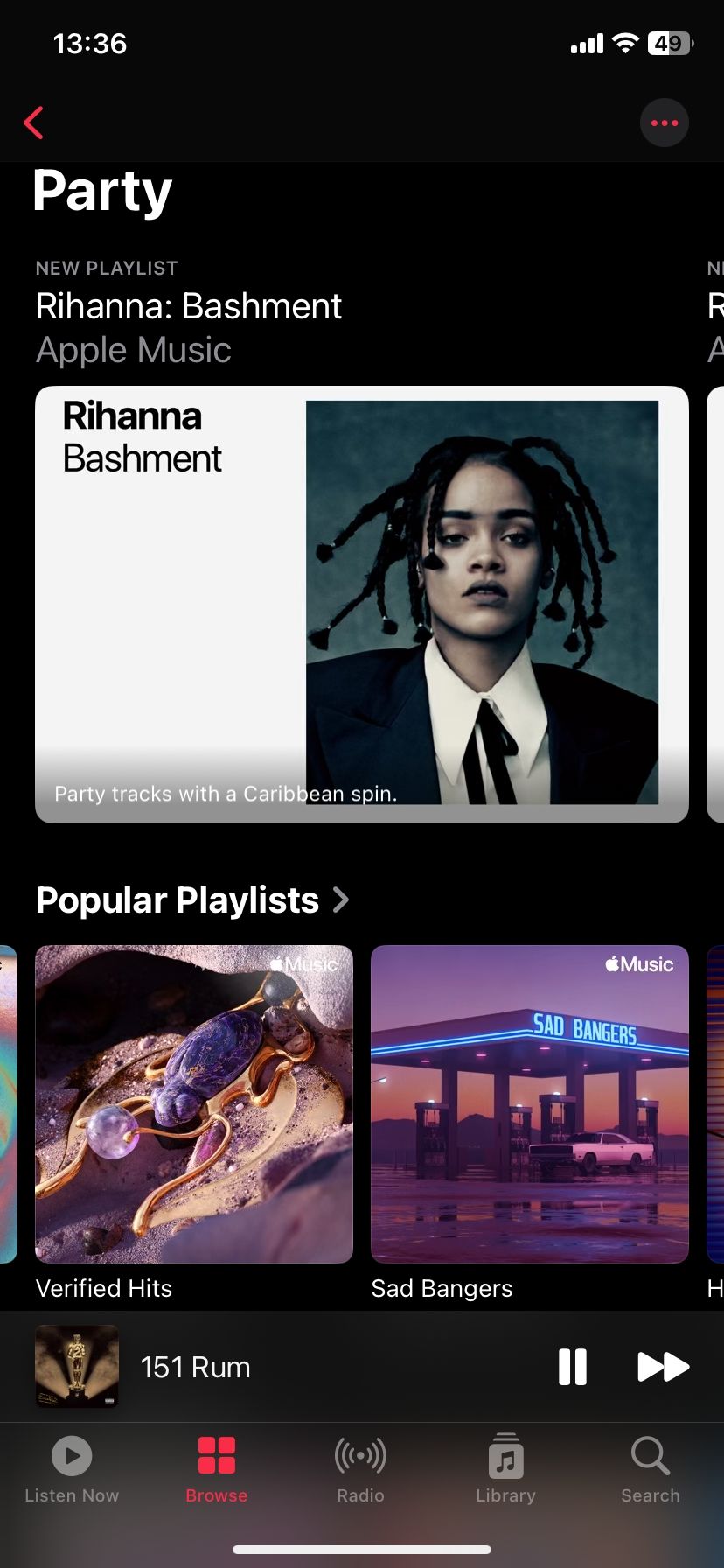
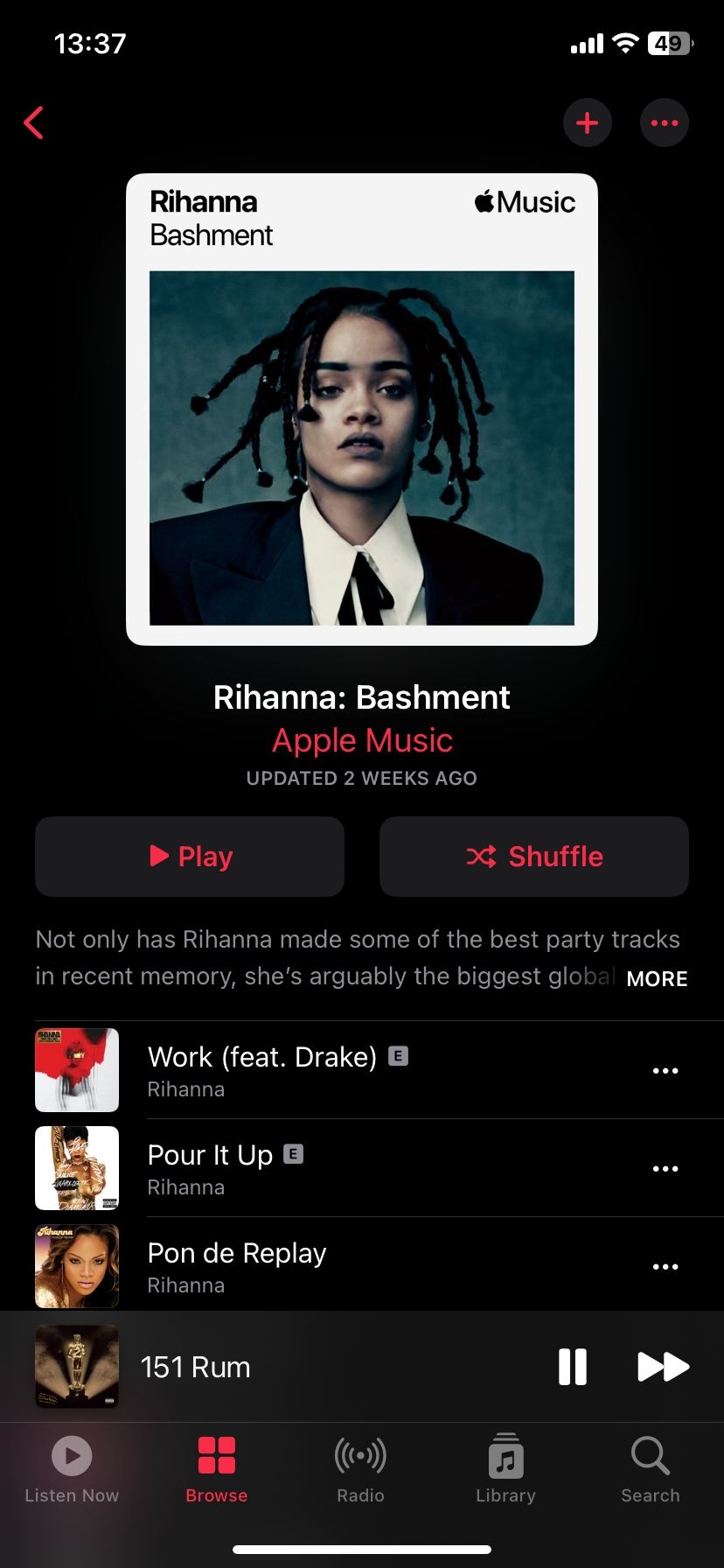
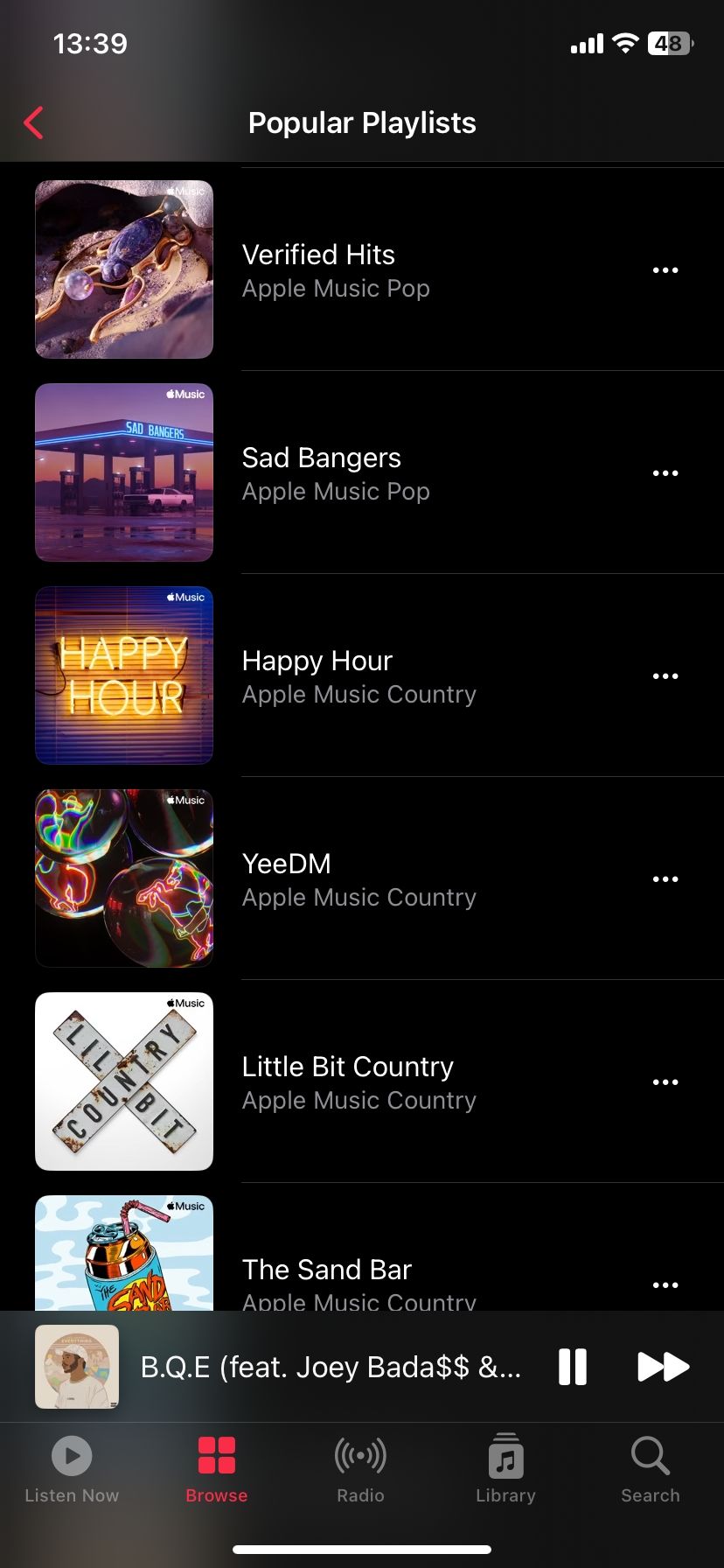
While there's no match for Spotify’s brilliant discovery engine (see our comparison of Spotify against Apple Music), Apple Music's curated playlists are certainly worth a look.
When you search for a genre or an artist, you’re bound to find an "Essentials" playlist, which is the best place to begin discovering that artist's best-known and popular tracks. When you want to know the artist better, go for the "Deep Cuts" playlist.
Apple also has curated playlists for discovering specific eras of a genre—like a playlist just for 90s indie hits. Go to the Browse tab and start exploring. This tab shows playlists under different categories like Feel Good, Hits by Decade, City Charts, Daily Top 100, and more.
You can also scroll down and use the different filters to explore and find more playlists. For example, Browse by Category enables you to pick a genre and explore Apple Music playlists in that category.
3. Preserve and Edit Apple Curated Playlists
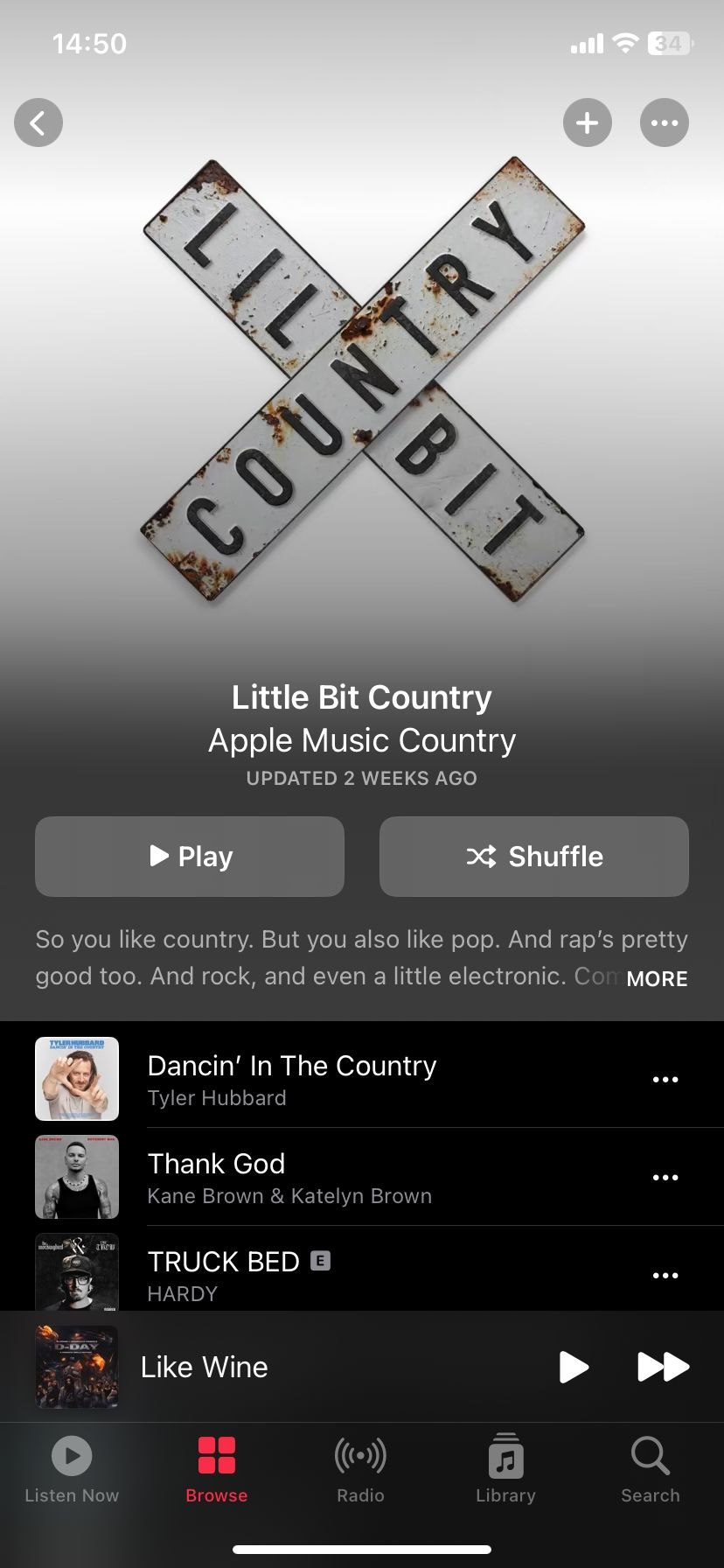
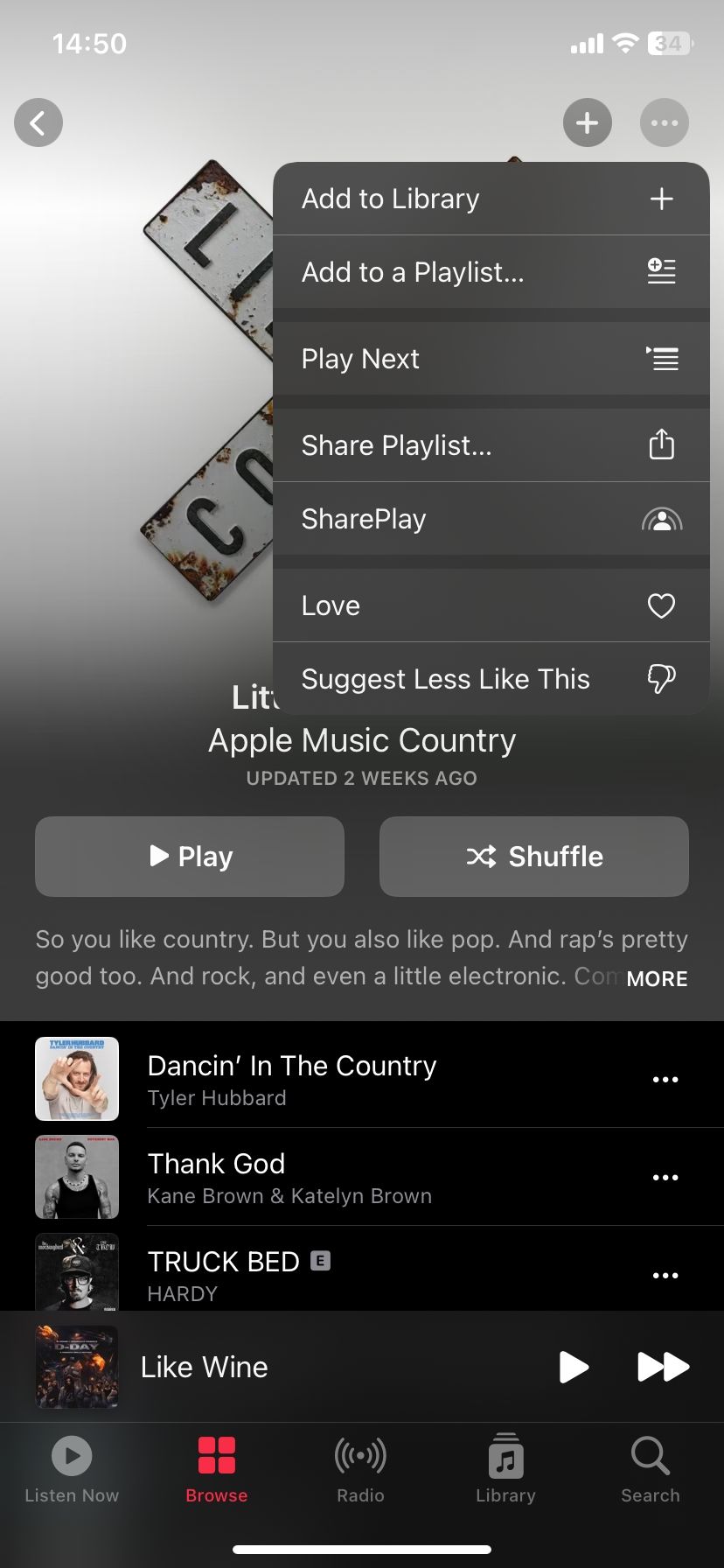

As mentioned above, Apple’s playlists are a great place to get started using Apple Music playlists. But the problem is that all Apple curated playlists are dynamic. When you add a playlist to your Library, you aren’t actually adding all of the songs; you’re merely bookmarking the playlist in your Library.
When a playlist is updated, and the editors remove a song, it will disappear from your Library too, which can get quite frustrating.
To preserve Apple-curated playlists, you’ll have to add songs to your own playlist. Open an Apple playlist, tap the Menu button in the top right, and choose Add to a Playlist. You can create a new playlist by selecting New Playlist or adding it to an existing one.
4. Limit Downloads to Optimize Storage
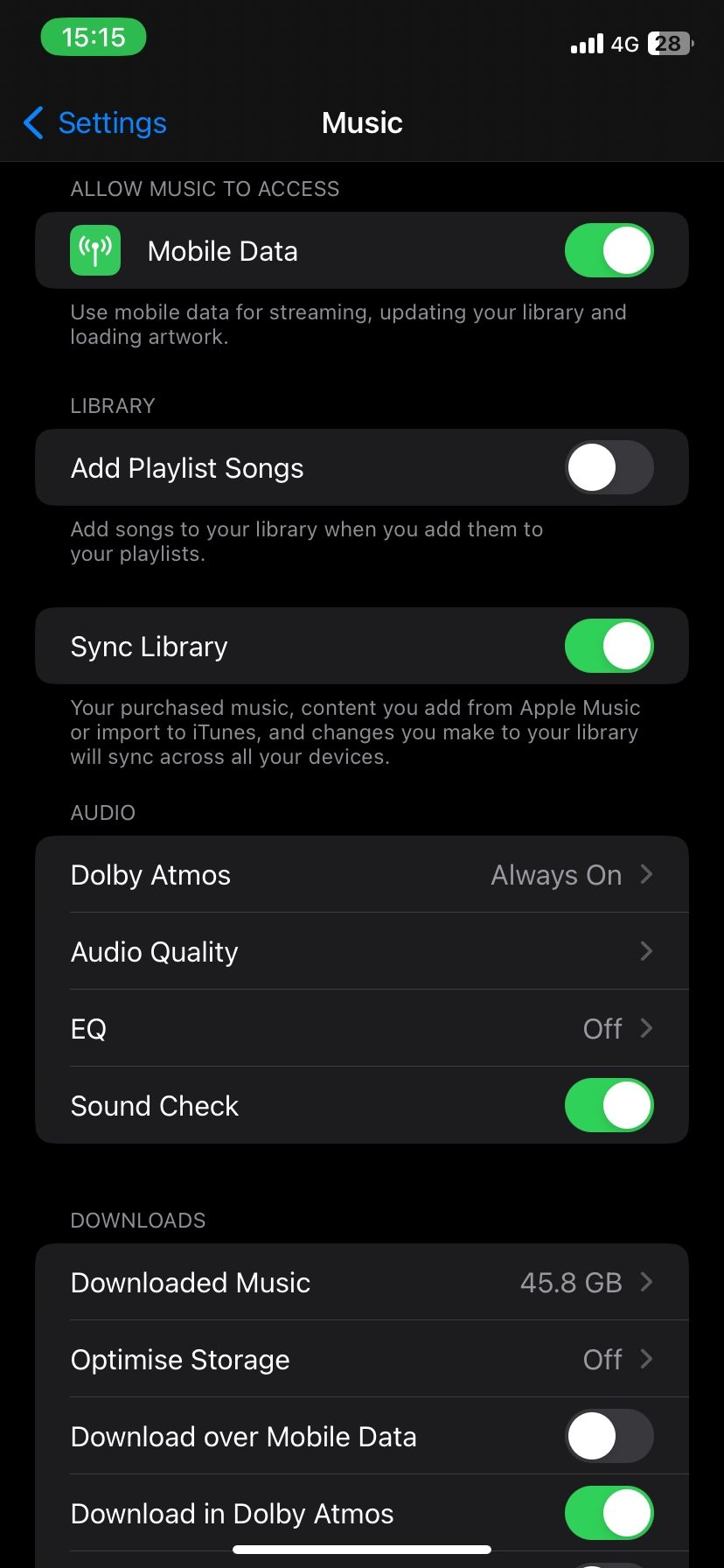
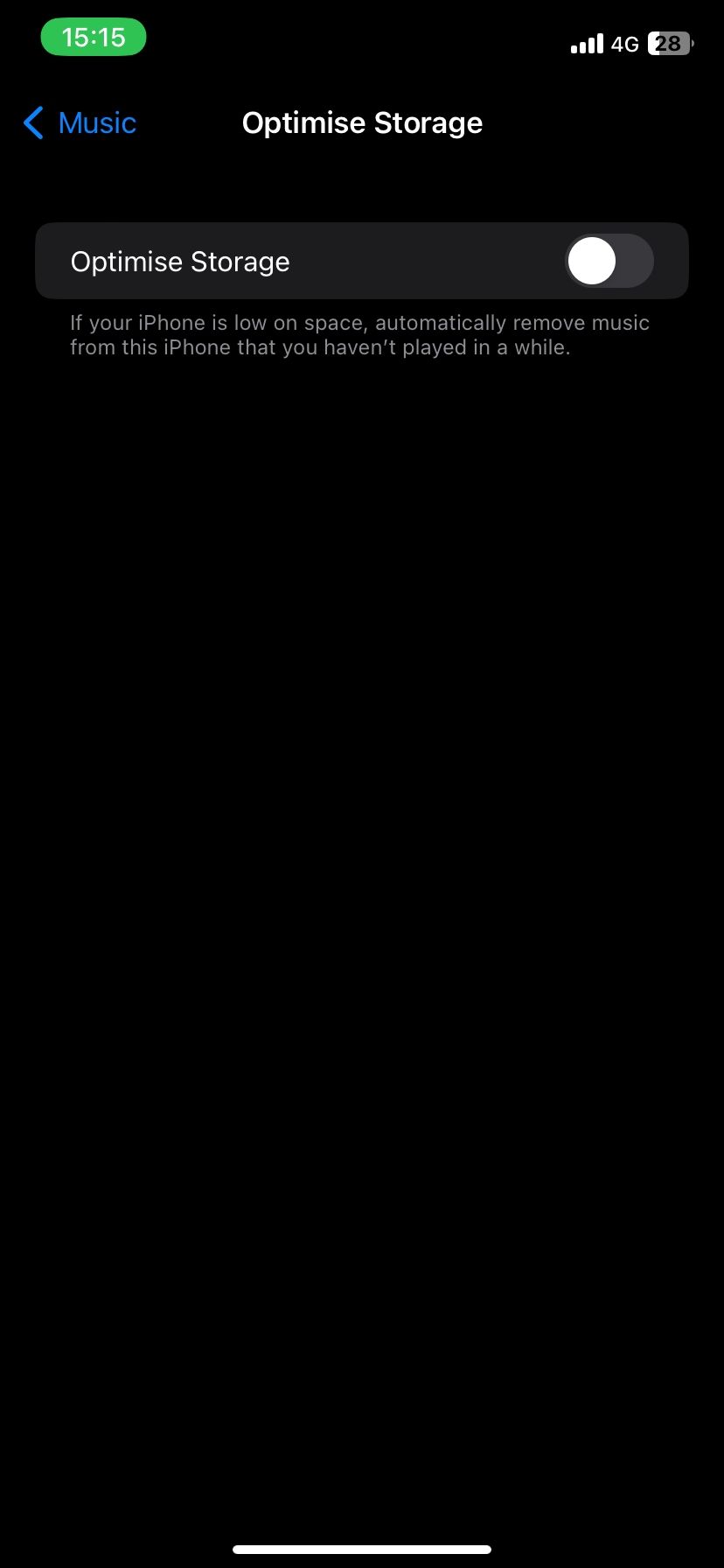
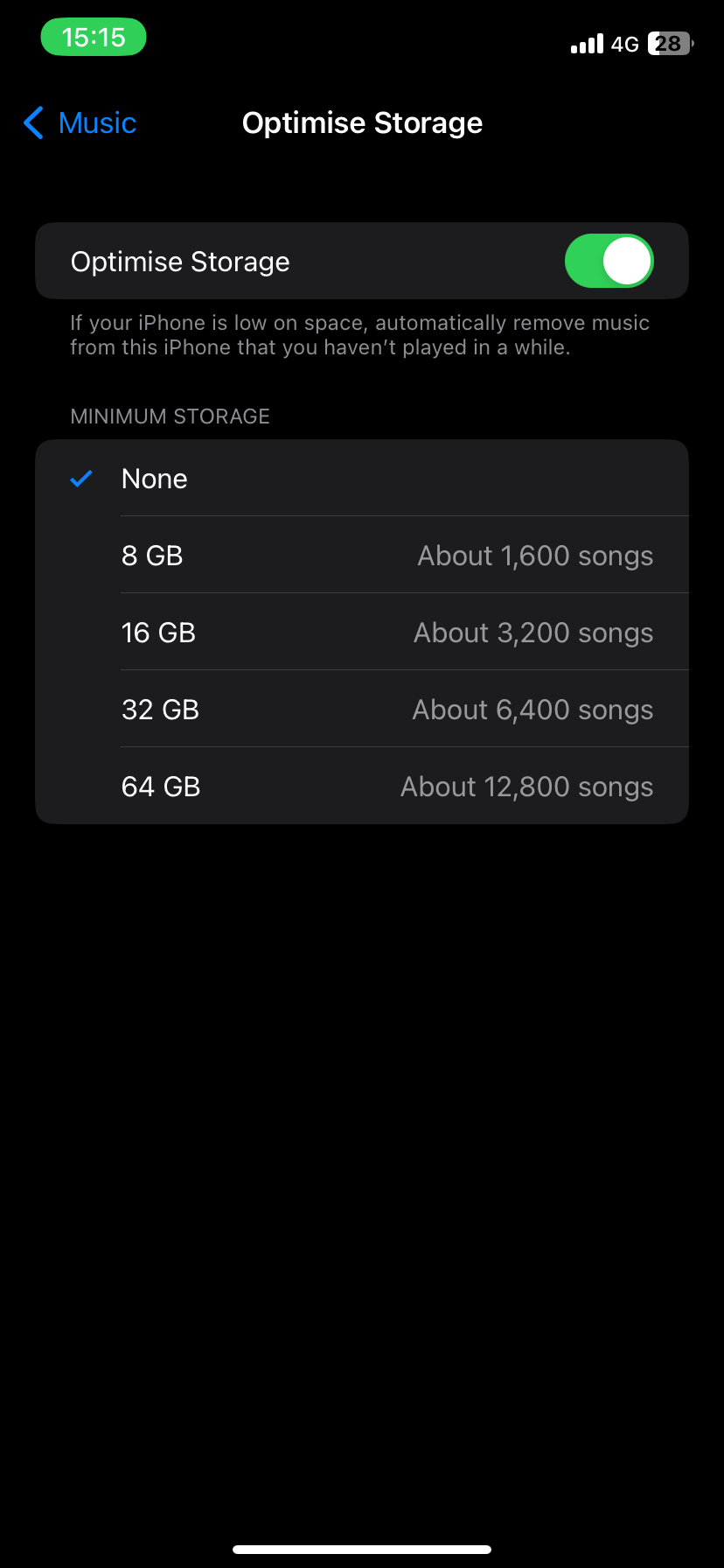
Turning on Automatic Downloads means you'll fill up your iPhone storage fairly quickly. This is where Apple’s Optimize Storage feature comes in. From Settings > Music, tap Optimize Storage and toggle on Optimize Storage on the next page.
From here, you can ask Apple only to store a couple of gigabytes of songs on the device. You can choose from 4GB, 8GB, 32GB, and so on. Apple Music will store at least that amount of songs on your storage, or more if you have the space.
But if your iPhone runs out of storage space, it will automatically start deleting old songs you haven’t played in a while. For instance, if you select 32GB, Apple Music will only reserve 32GB of downloaded music once you start to run low on storage.
5. Jump to an Album, Artist, or Playlist From Now Playing
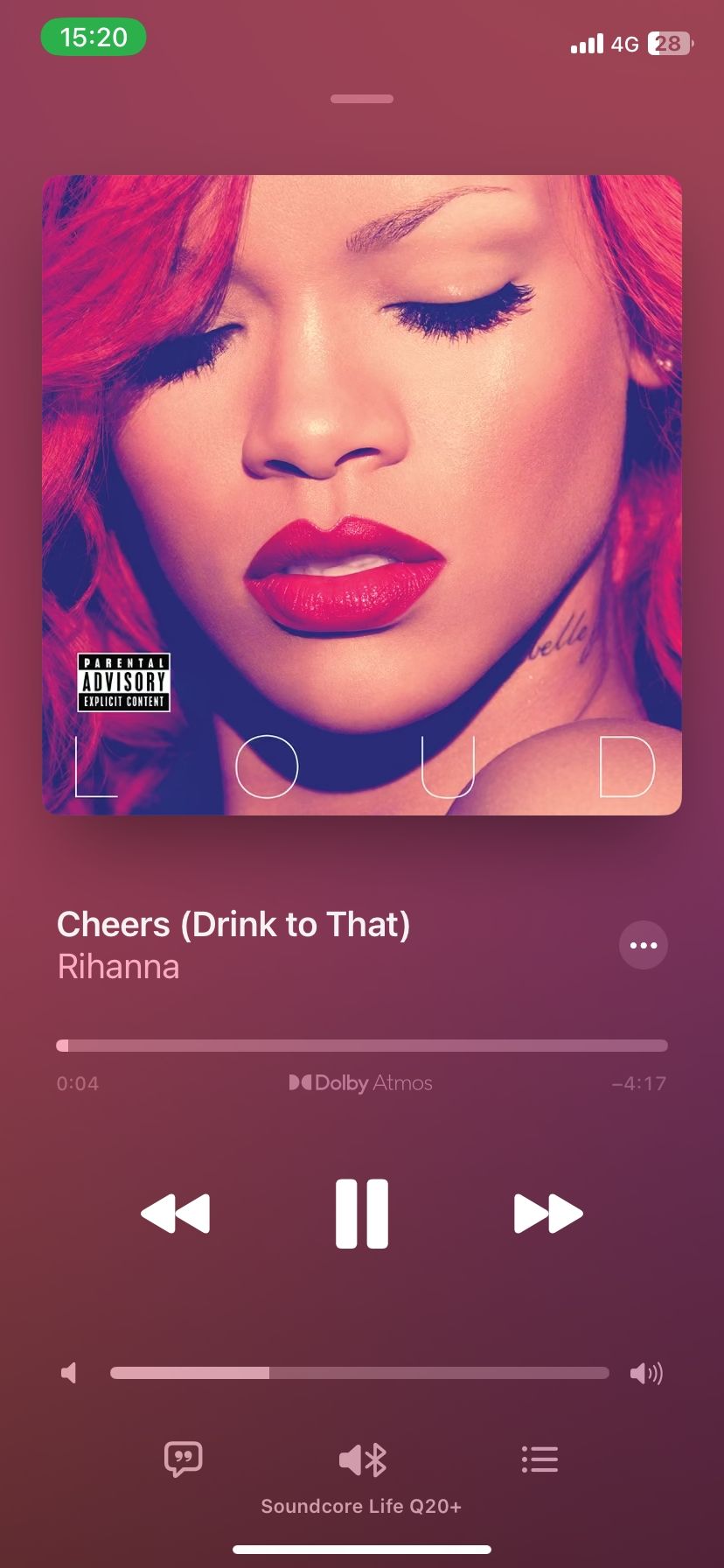
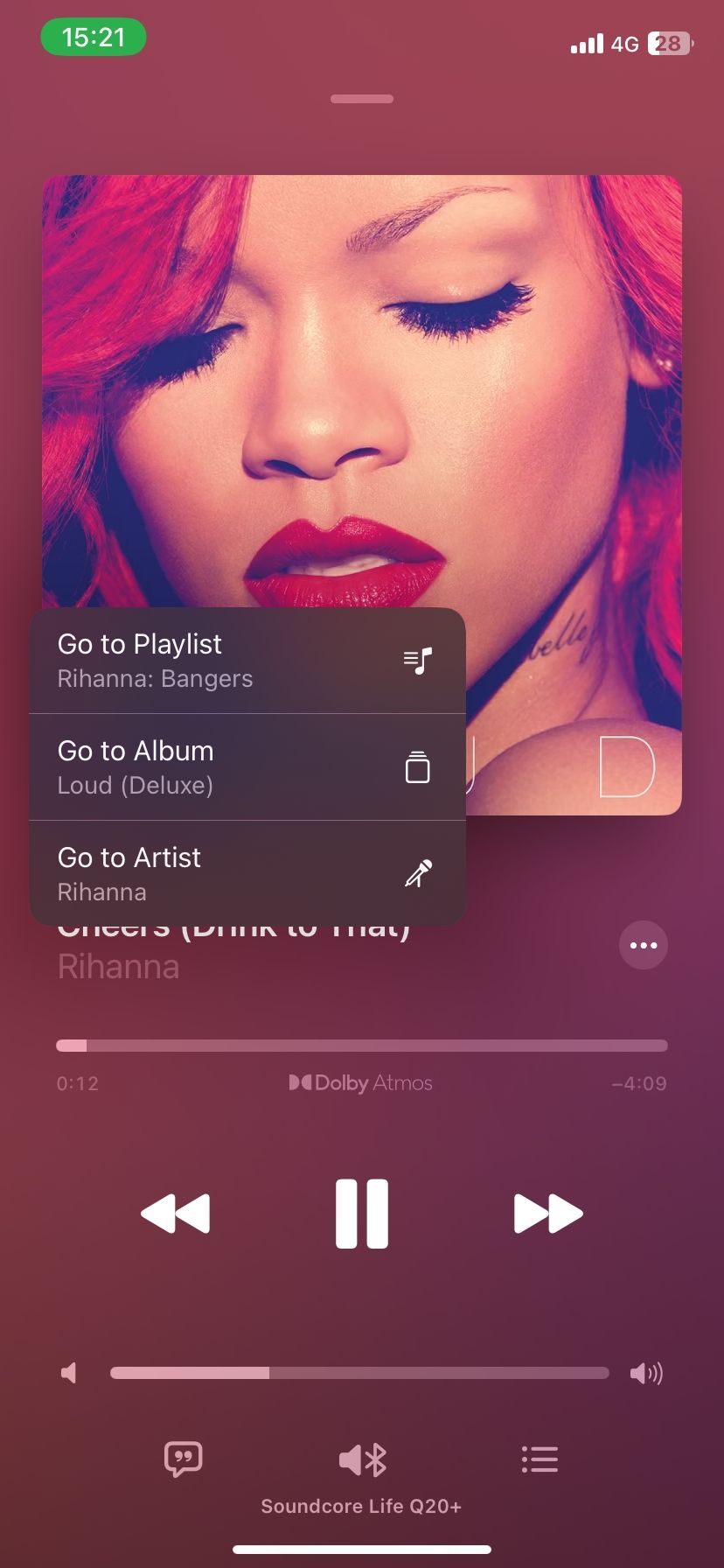
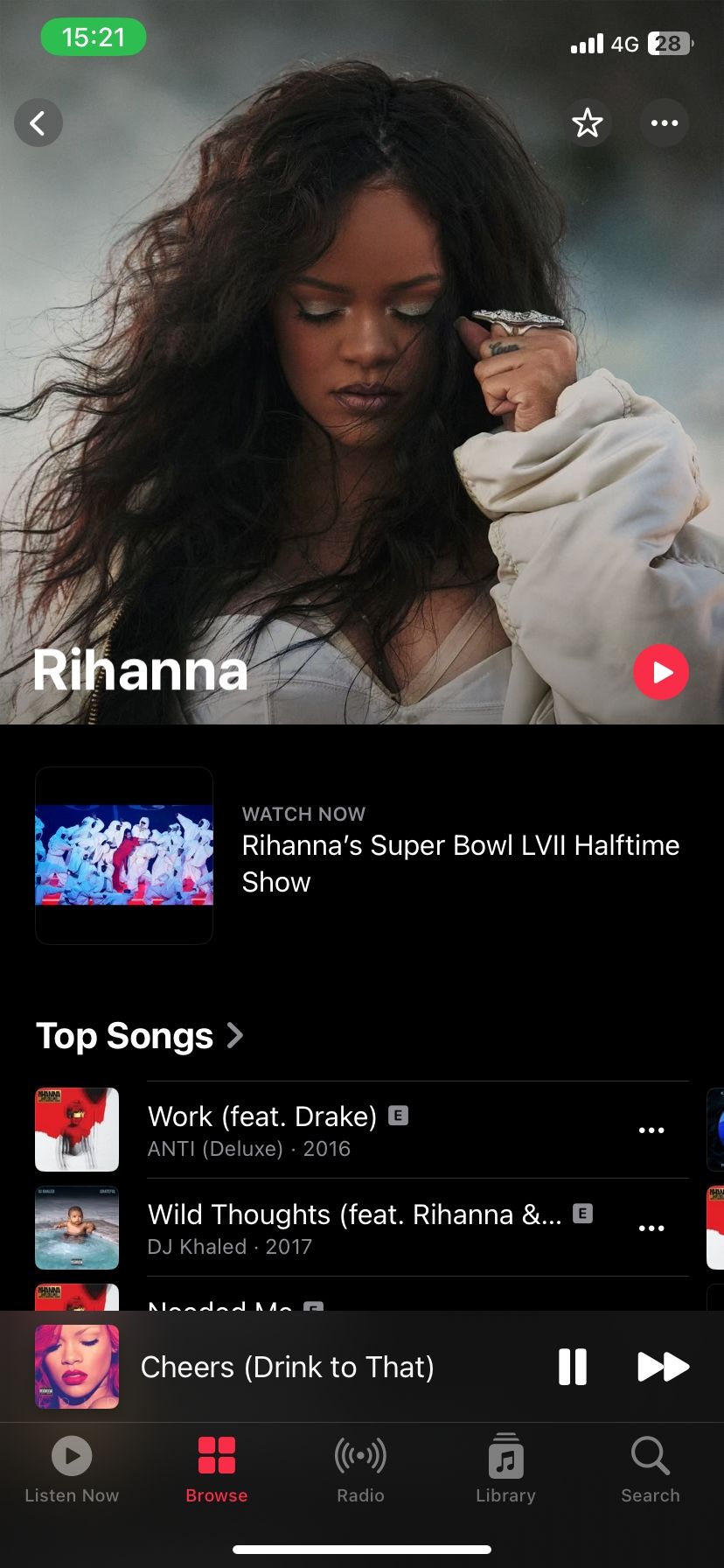
On Apple Music, you can jump directly to an album or artist from the Now Playing view. To do this, tap on the artist's name, and you’ll see a pop-up menu. From the menu, you can select Go to Artist or Go to Album, and Apple Music will open the artist or album's page.
If the song involves more than one artist, Apple Music will take you to the page of the first artist. Additionally, if you played the song inside a playlist, the pop-up menu will include a third option: Go to Playlist.
6. Find the Repeat Button
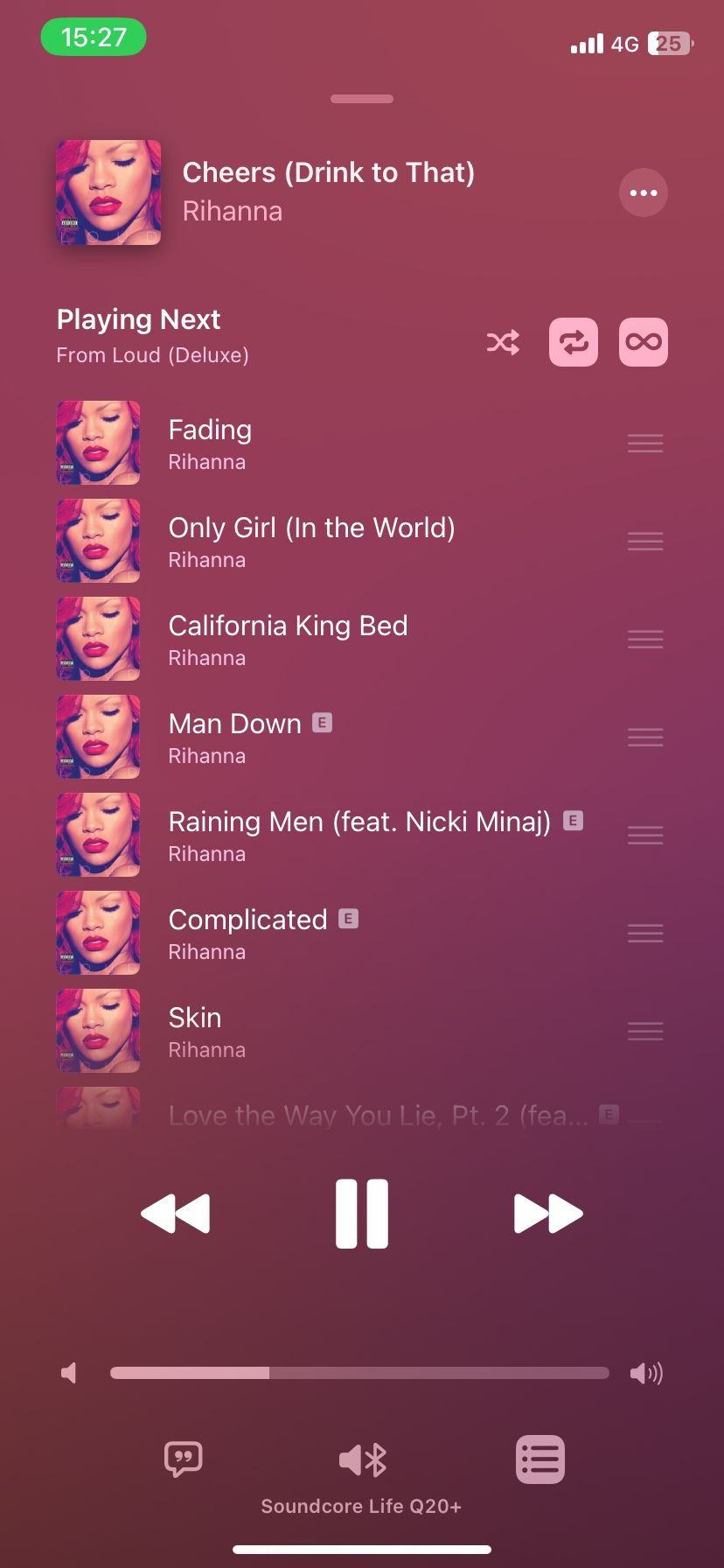
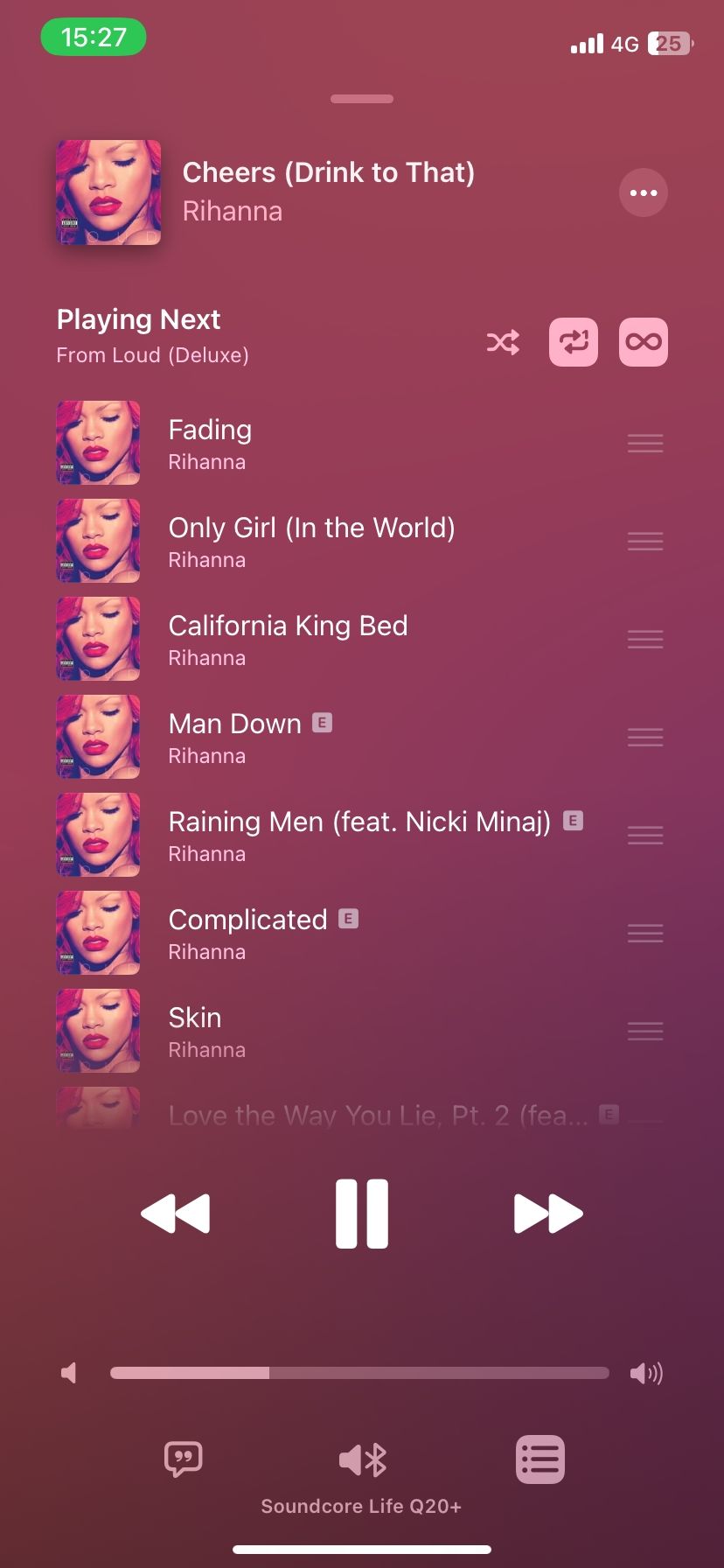
Ever since the iOS 10 redesign, Apple has moved a lot of furniture around, which means the Repeat button is now hidden from view. When you go to the Now Playing screen, you won’t find the Repeat button at the bottom of the screen anymore.
From the Now Playing screen, you’ll need to tap the Playing Next button (displayed as three dots with horizontal lines) at the bottom right. From here, tap the Repeat button to repeat the current album or playlist when done.
Apple Music hides the Repeat button automatically if you're playing songs in your Autoplay queue.
If you need the current playing song to repeat, tap the Repeat button until you see 1 displayed in the button.
7. Read Lyrics for Songs
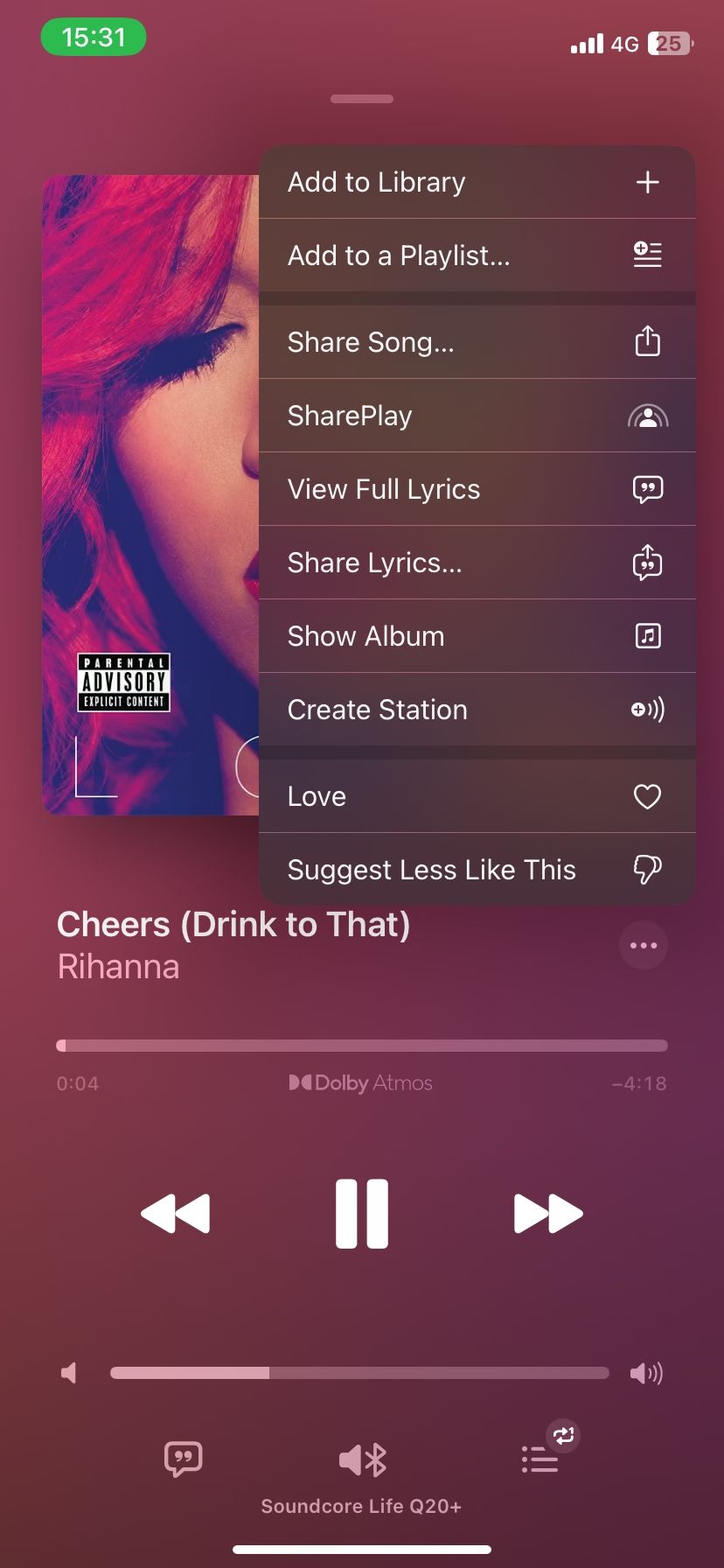
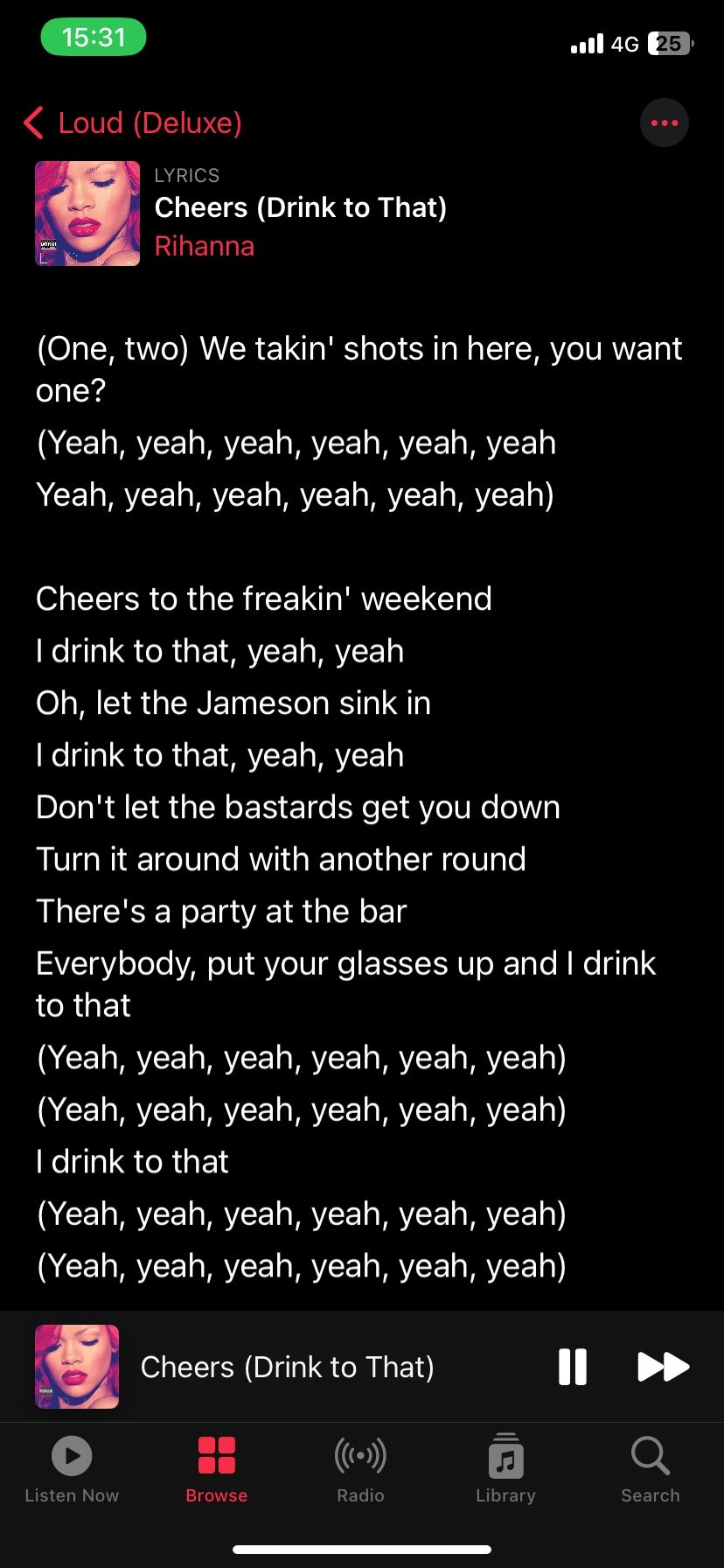
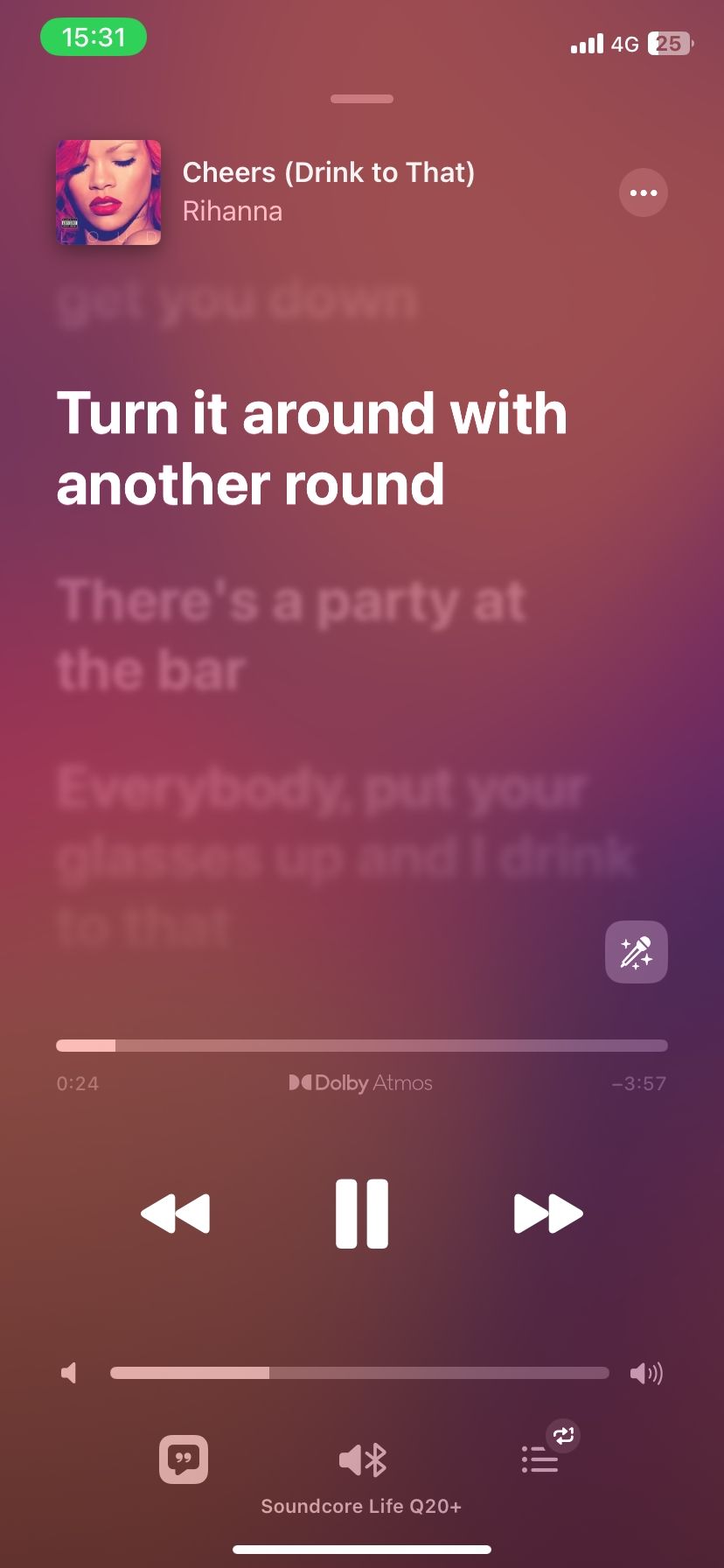
You can view live or full song lyrics on Apple Music without any third-party app unless the specific song has no lyrics—in which case the lyrics button will be grayed out.
To view a song's lyrics, tap the three-dot menu button adjacent to the artist and song's names, and select View Full Lyrics. On the follow-up page, you can read the song's lyrics at your own pace.
If you’re looking for synced lyrics with the song, tap the Lyrics button at the bottom left of your screen when you’re in the Now Playing screen.
8. Stream Music Using Mobile Data
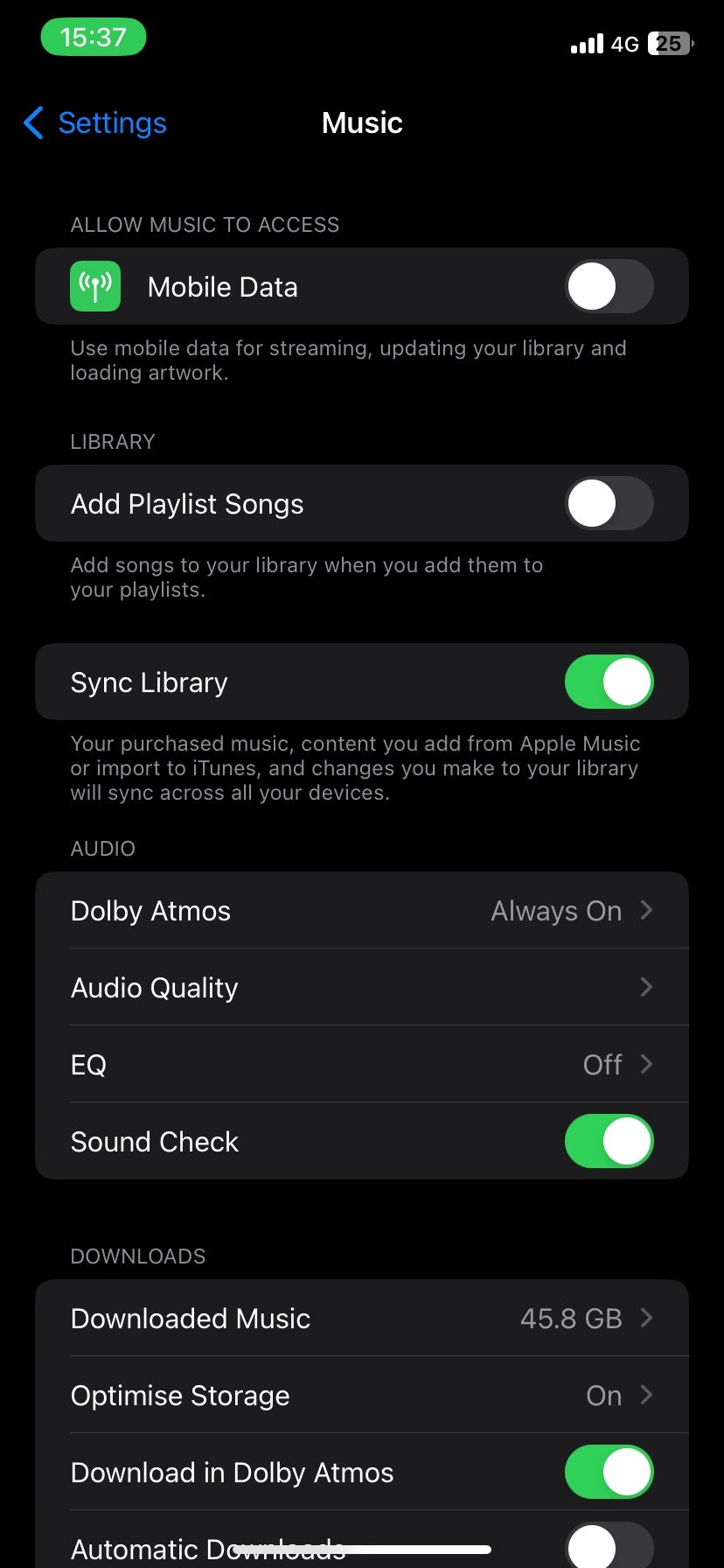
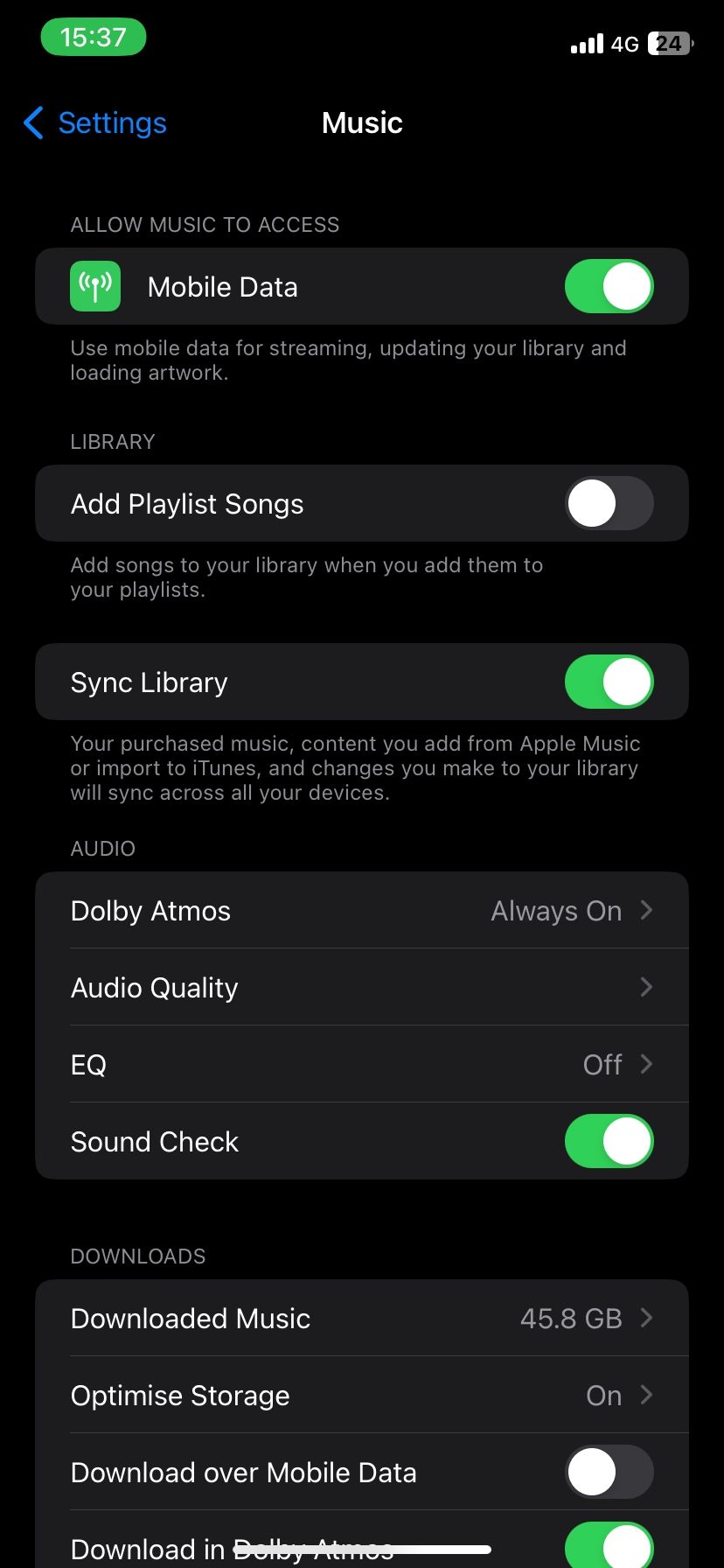
Apple Music prefers you stream music over Wi-Fi than cellular data. The first time you try streaming music from Apple Music without a Wi-Fi connection, it won’t work. If you’re lucky, you’ll see a pop-up asking you to connect to Wi-Fi.
You can change this by going to Settings > Music and toggling on Cellular Data / Mobile Data to stream music using your cellular data plan.
You need to enable cellular data first before going through the steps. Otherwise, you won't be able to see the toggle under Music settings.
9. Customize the Library Screen
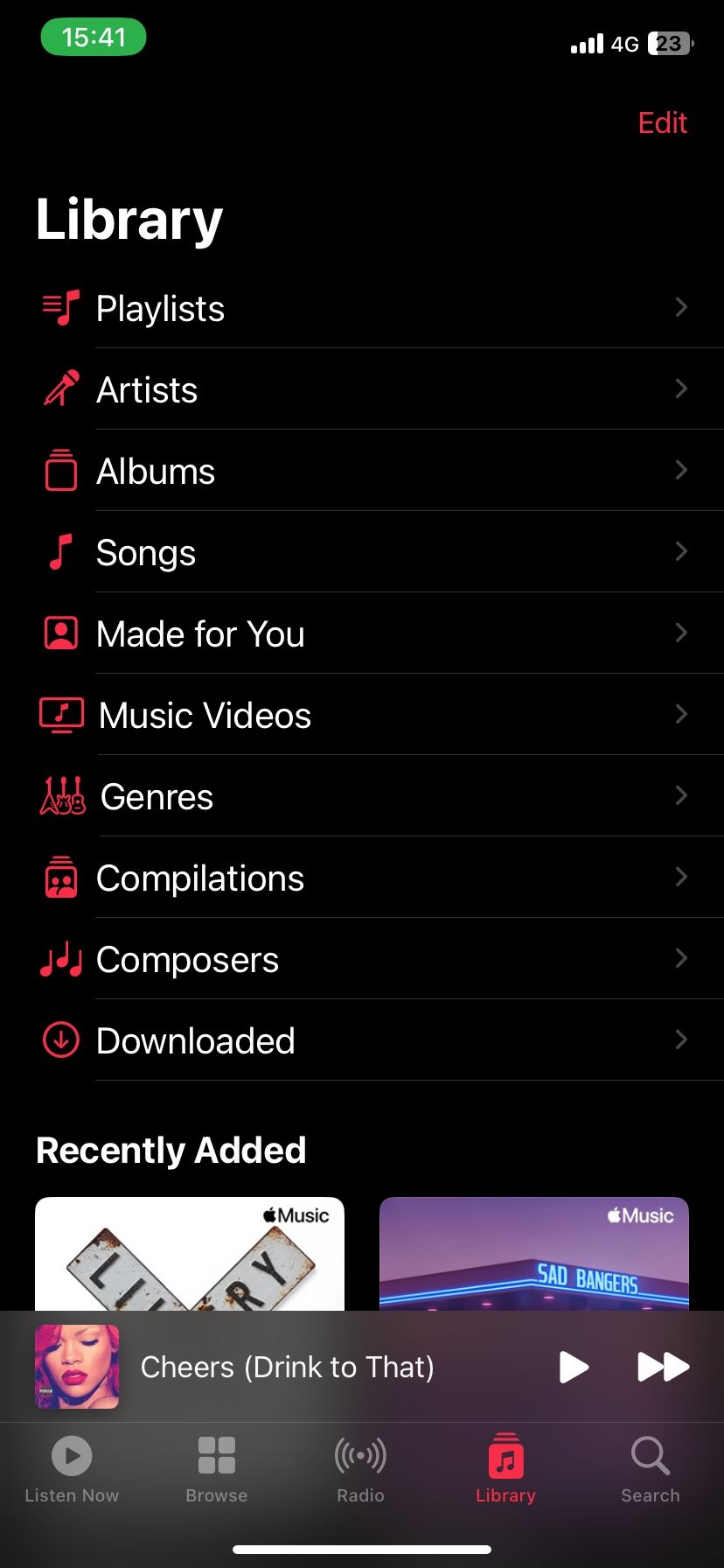
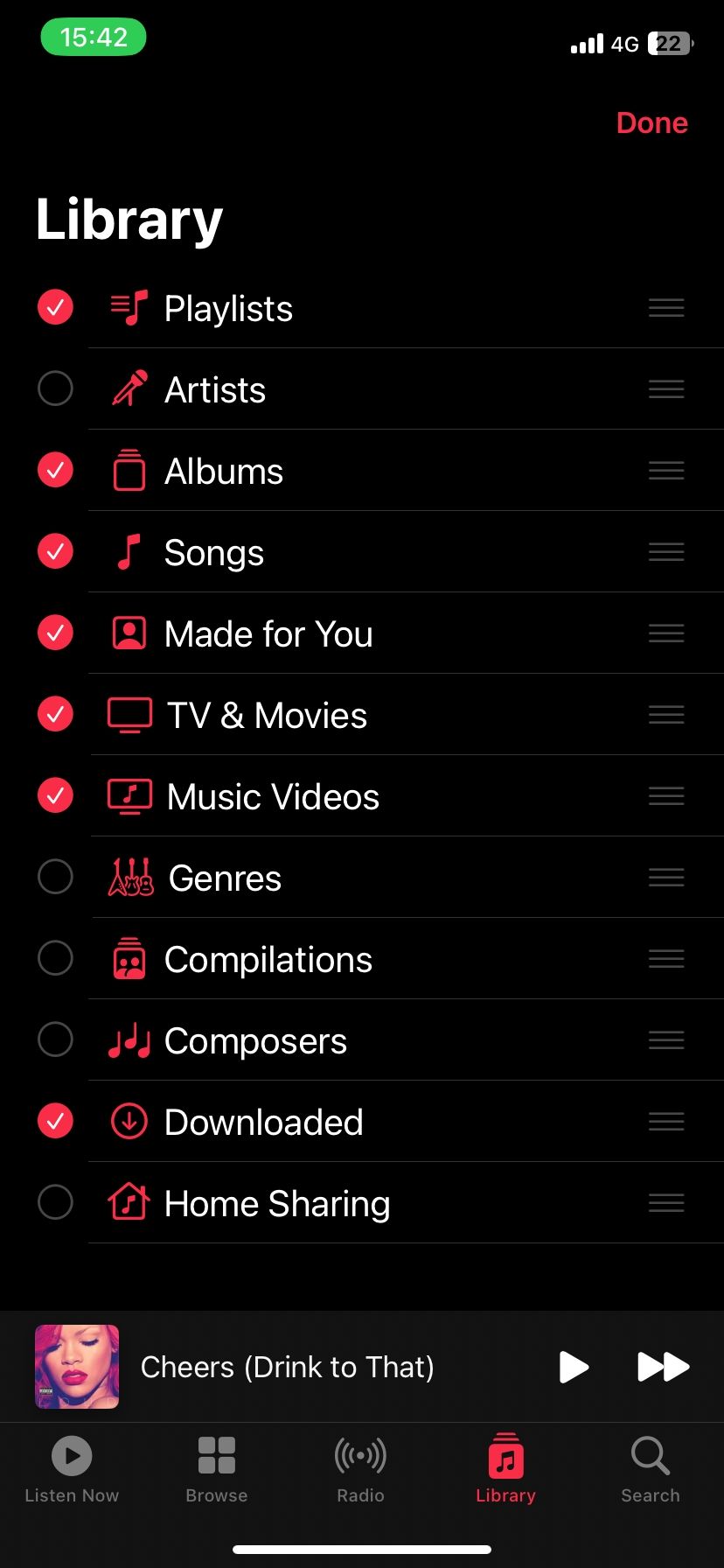
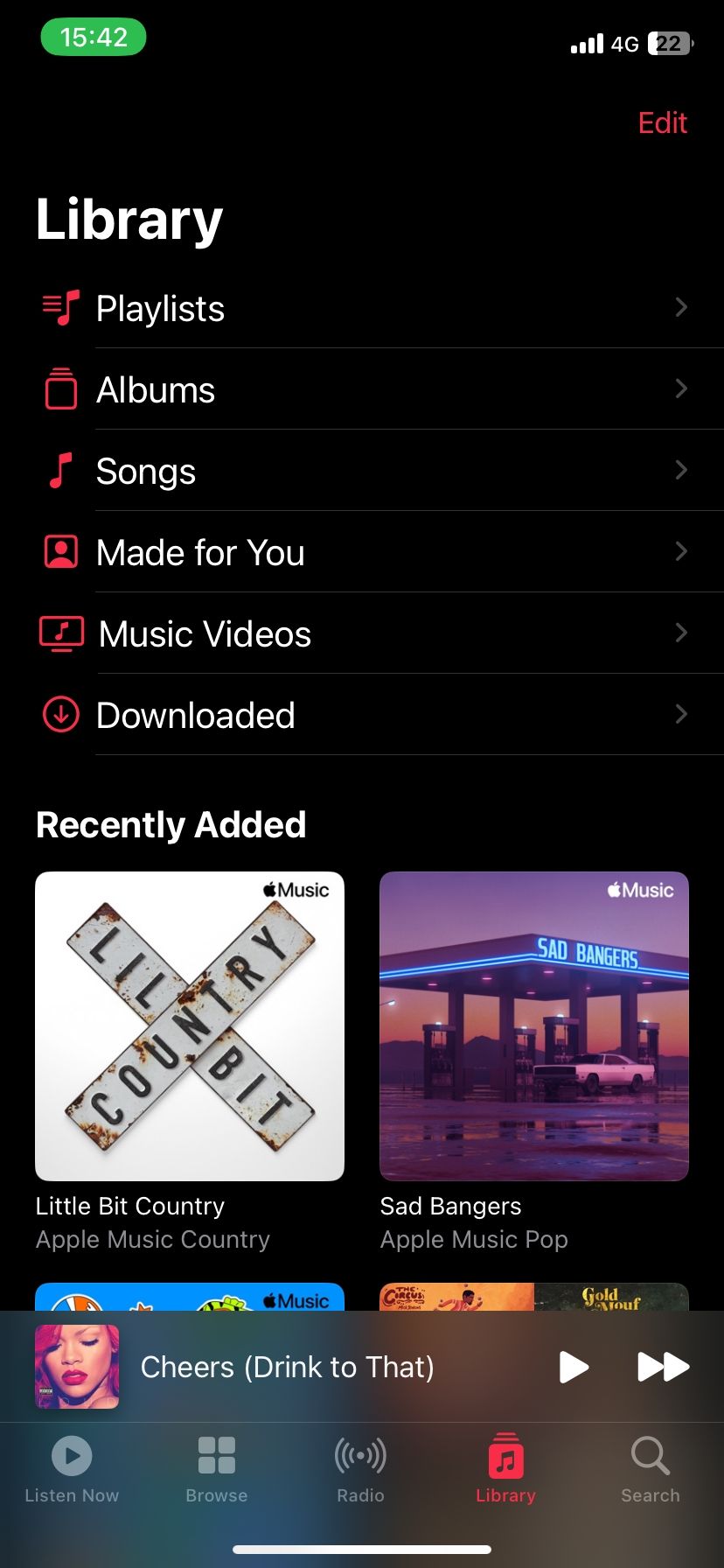
The Library screen is where most of your Apple Music interactions begin. You’ll see different options like Playlists, Artists, Albums, Songs, and Downloaded Music by default. You might want to save space and turn off one of these shortcuts.
Tap the Edit button to disable a shortcut or rearrange them using the handle icon on the right. You can also enable shortcuts like Genres and Music Videos. Once finished, tap Done to save your changes.
10. Use Apple Music Shortcuts
Apple’s own Shortcuts app brings user-defined automation to iPhone. Using the Shortcuts app, you can create a list of actions that begin when you tap the shortcut from the widget or say the phrase to Siri.
You can use Shortcuts to automate everyday tasks, including interacting with the Music app. The Shortcuts app features a variety of Music-related actions and shortcuts. We’ll talk about two of the most common shortcuts below.
Play Playlists From the Shortcuts Widget
You probably play the same playlist or album over and over again. You just use Siri to start the playback, but one of the fastest ways to do it is using the Shortcuts widget from the Lock screen.
Step 1: Open the Shortcuts app and go to the Gallery section.
Step 2: Search for the Play Playlist shortcut and tap the Add (+) button on the shortcut's card.
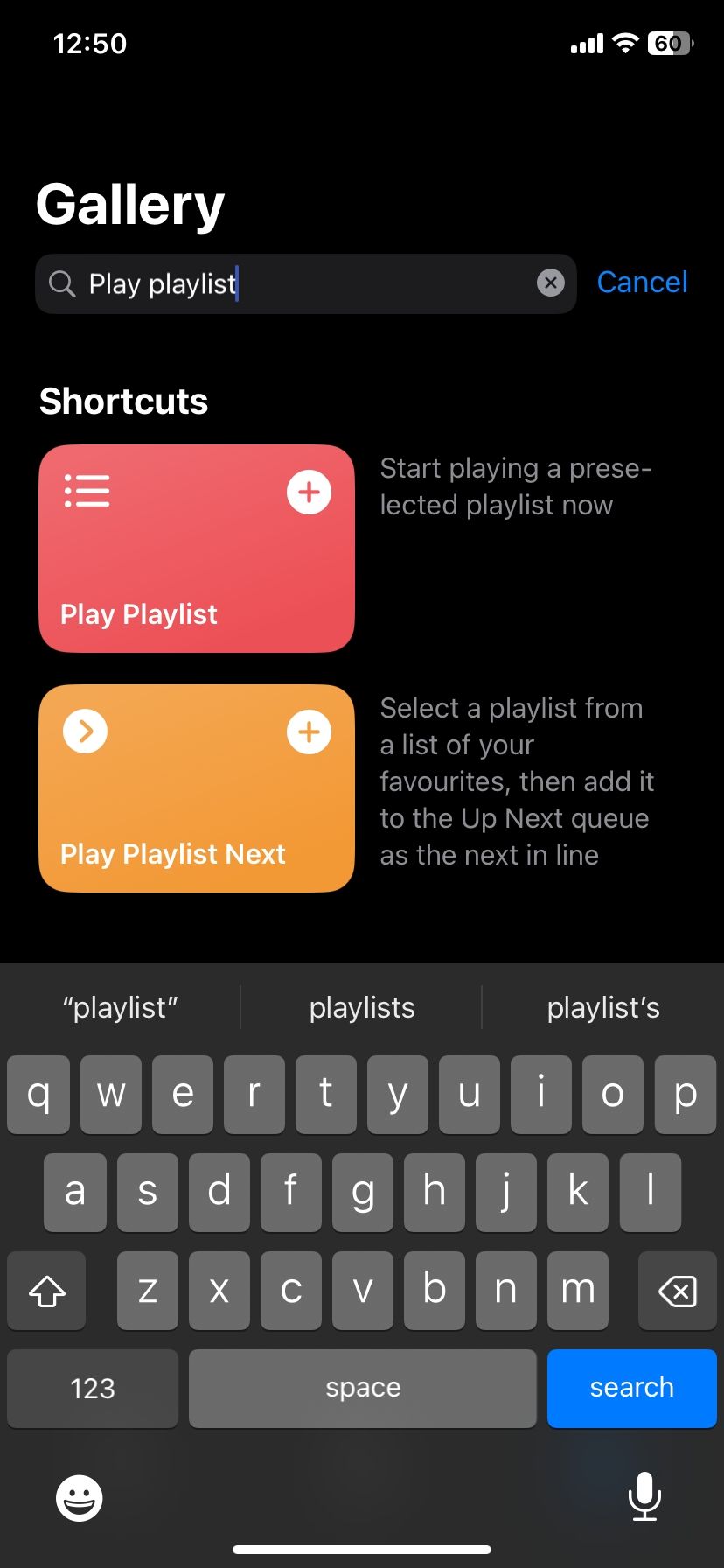
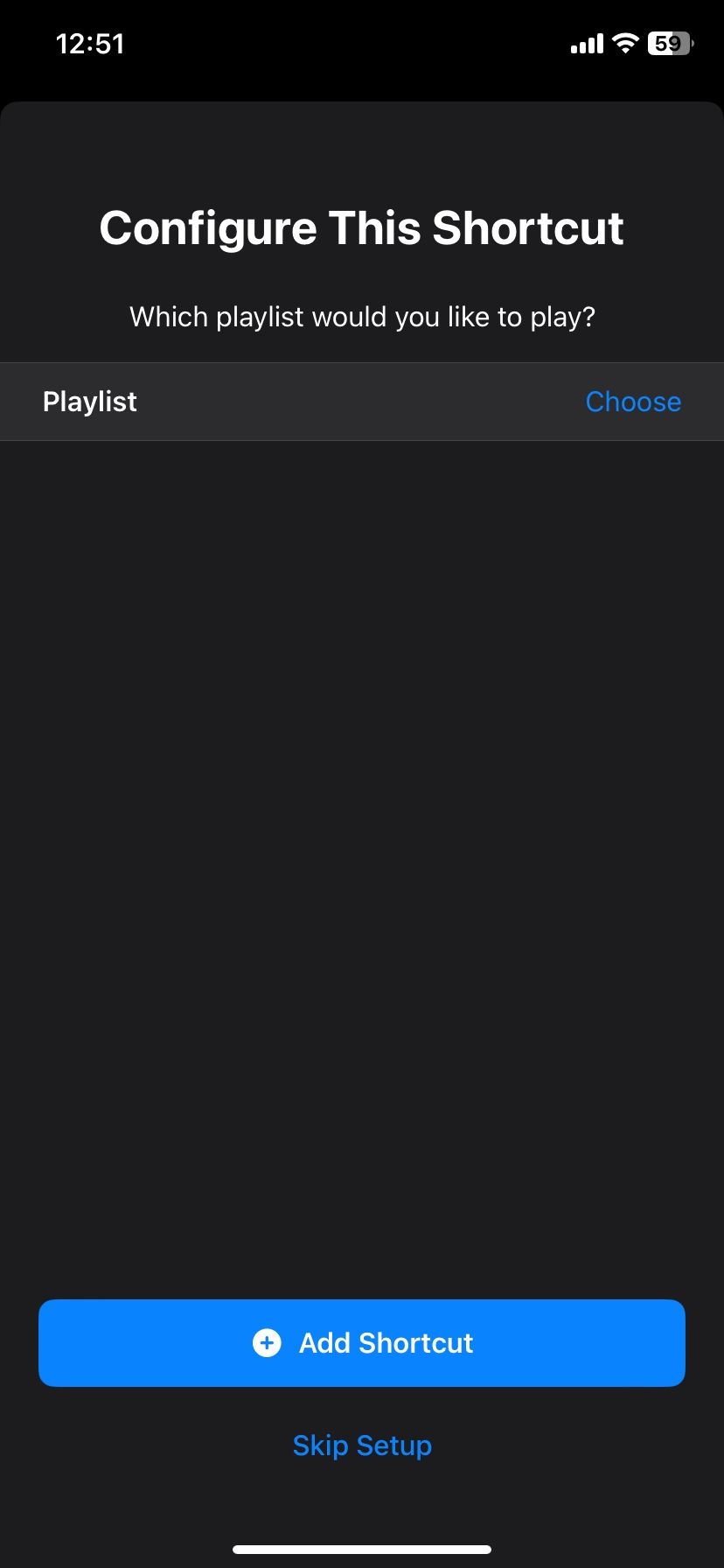
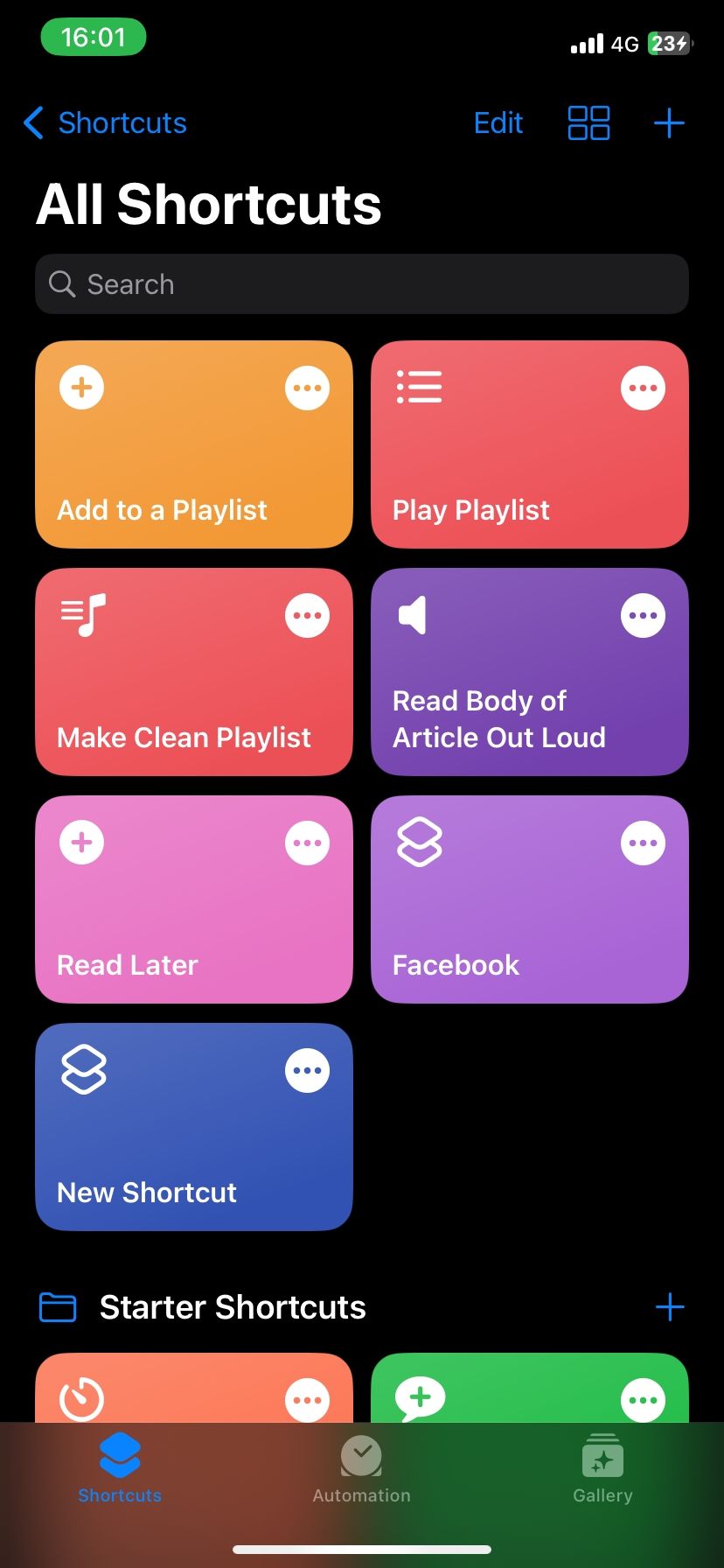
Step 3: On the next screen, tap on Choose and select the playlist. After selecting a playlist, tap the Add Shortcut button.
Step 4: Go to your Shortcuts and tap the menu button for the shortcut you created. Here, tap on Play Playlist at the top to view settings. Change the name and the icon if you want. By default, the shortcut should show up in your widget.
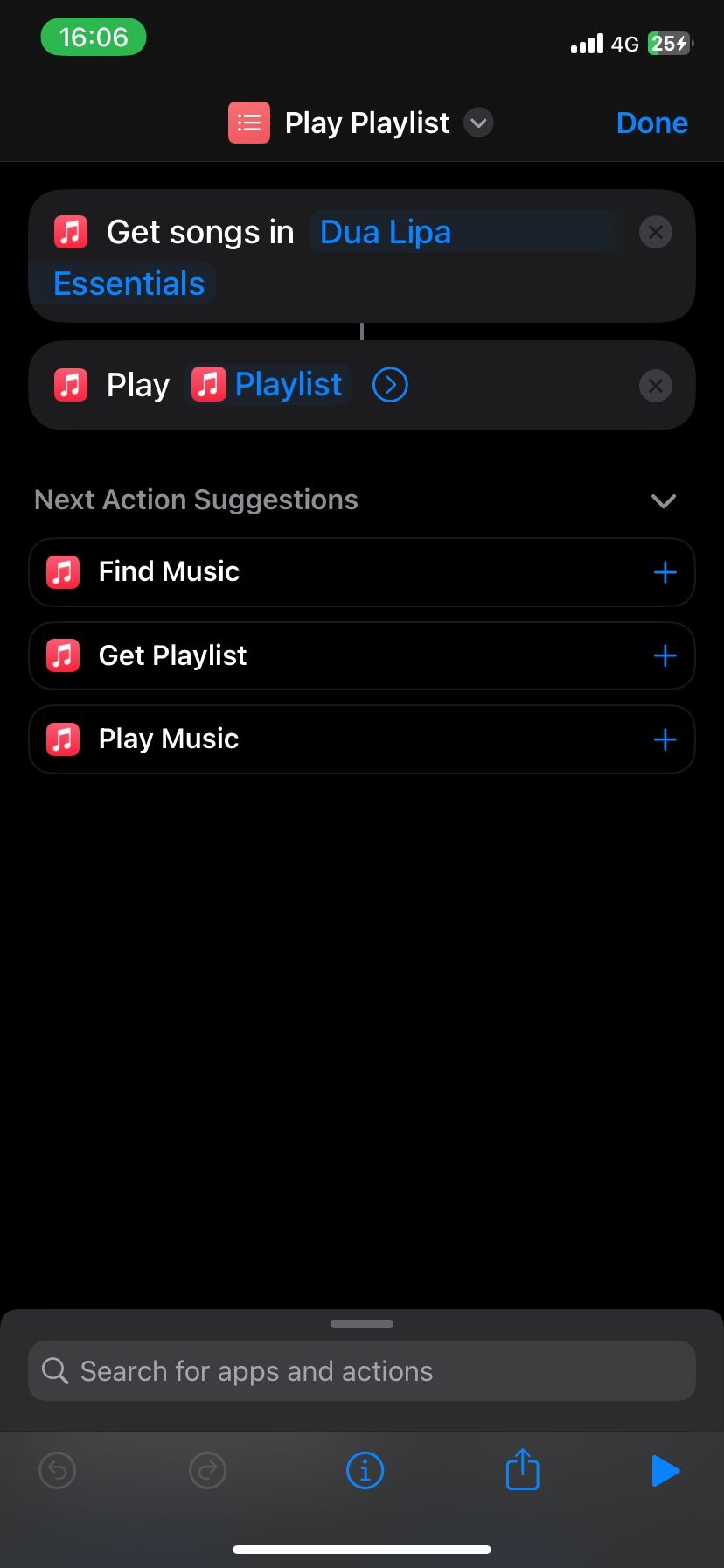
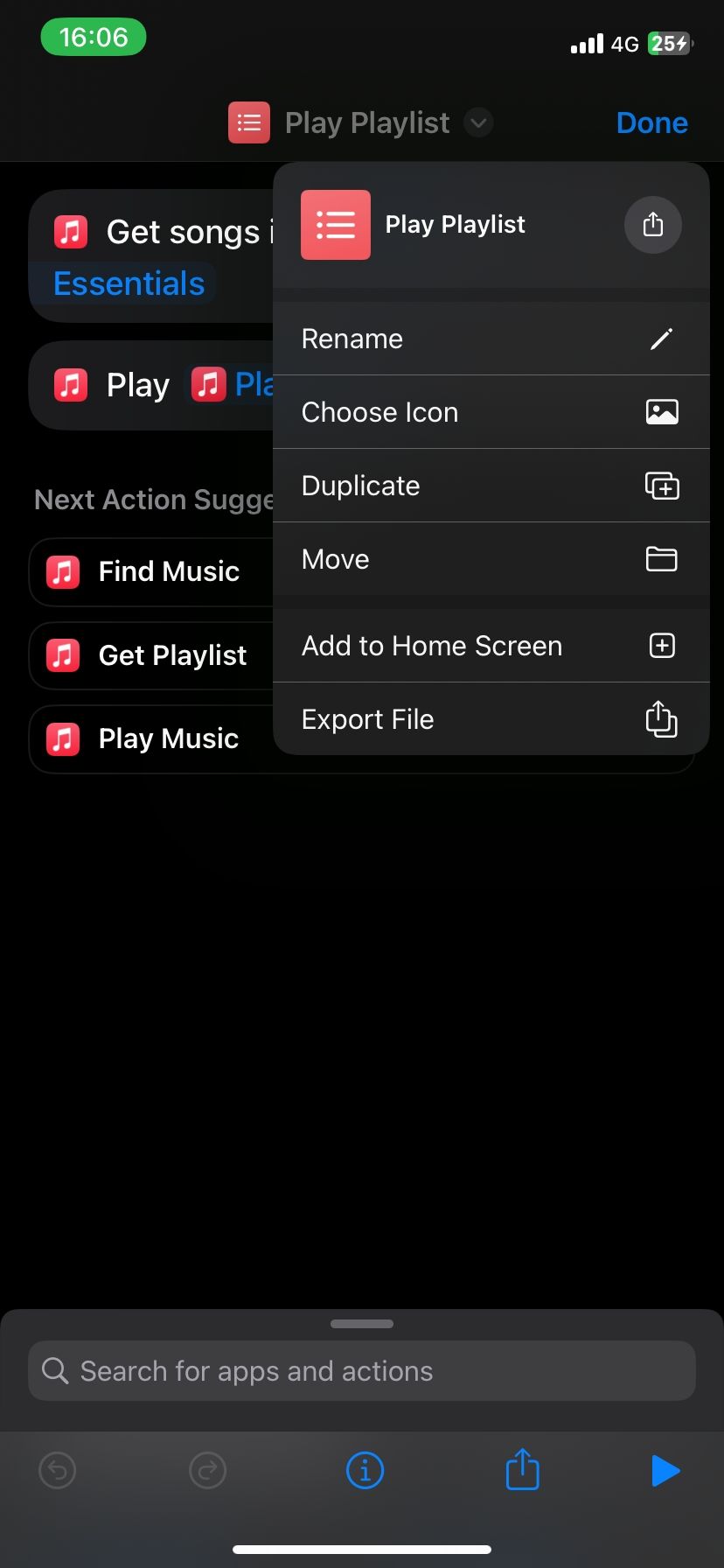
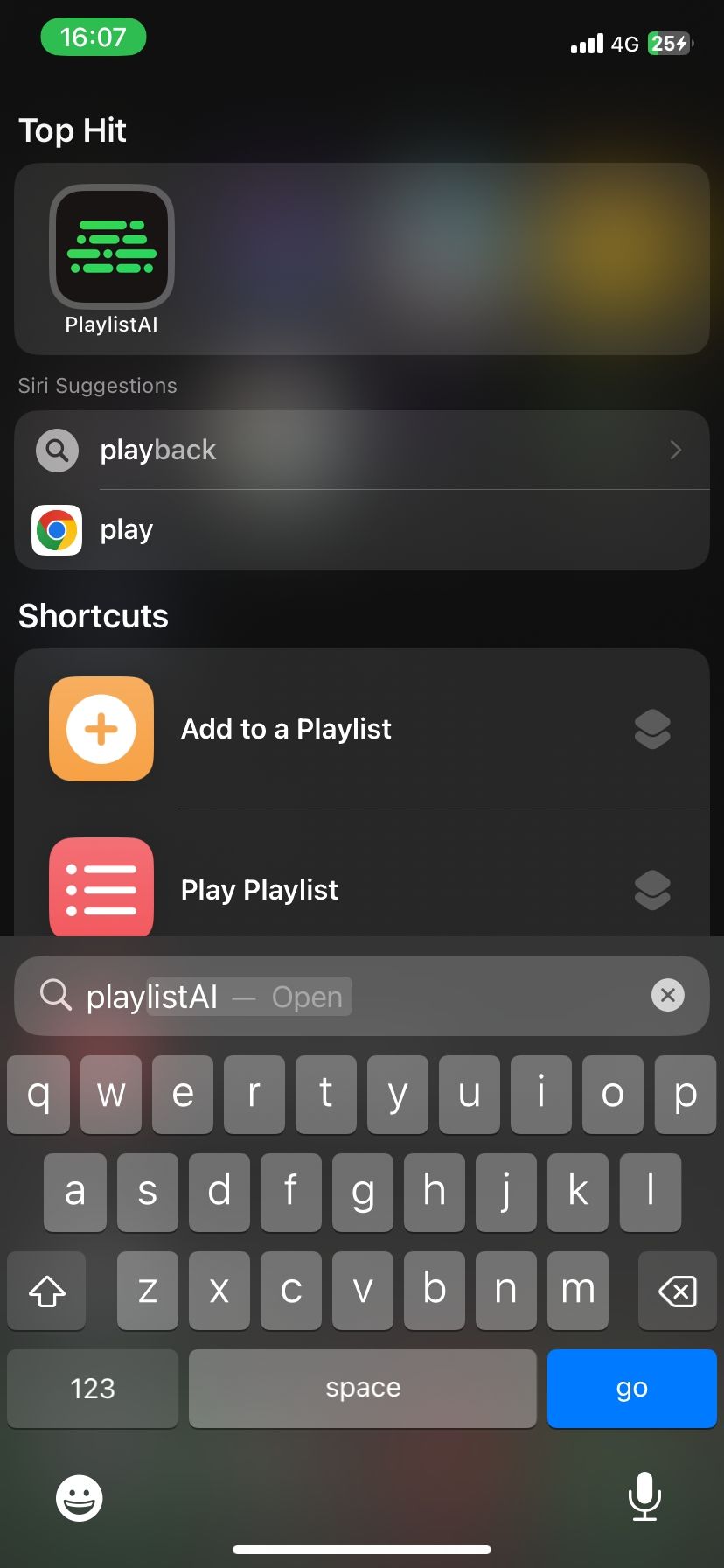
Add the shortcut's widget, and from the Lock screen, just swipe right to reveal it. Tap on the shortcut, and the playlist will begin playing instantly.
Add Songs to a Playlist From the Shortcuts Widget
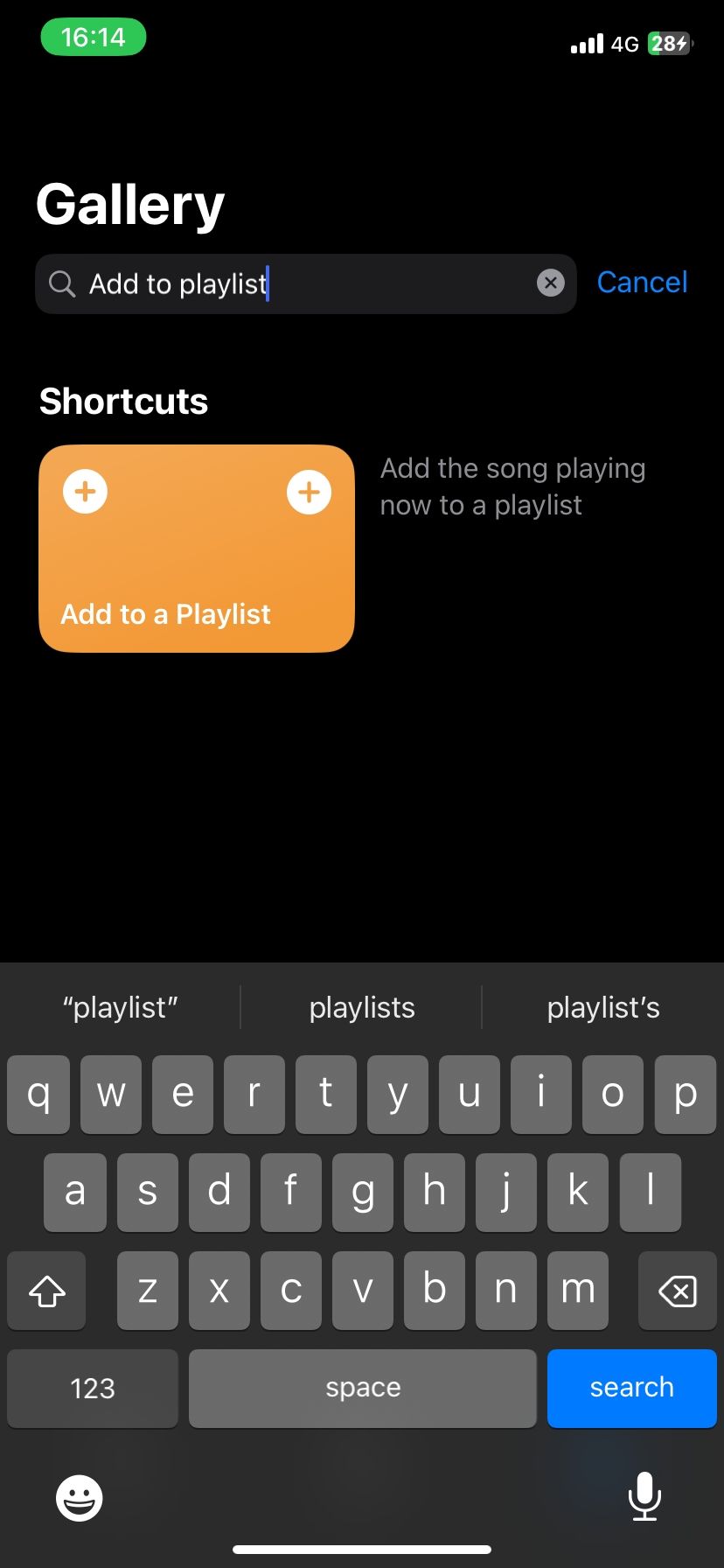
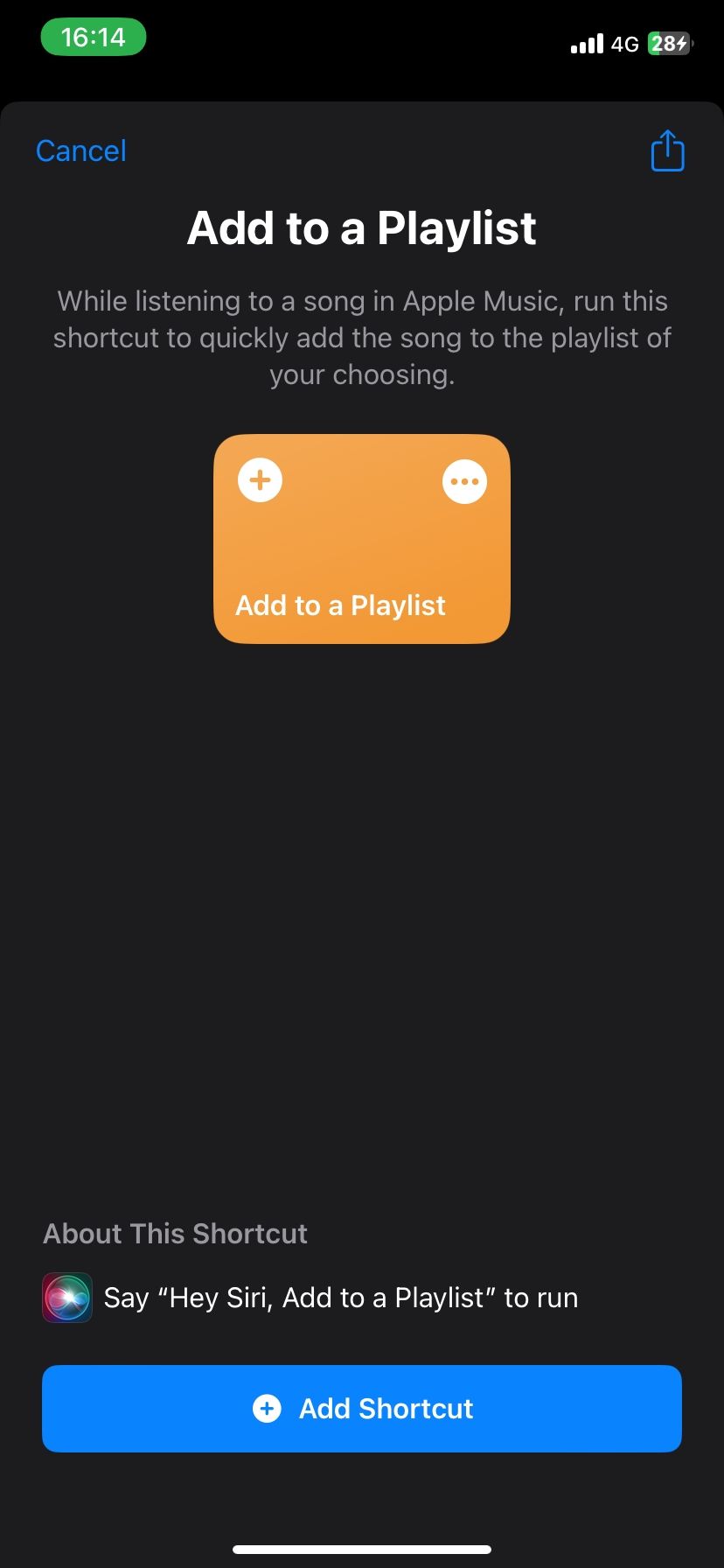
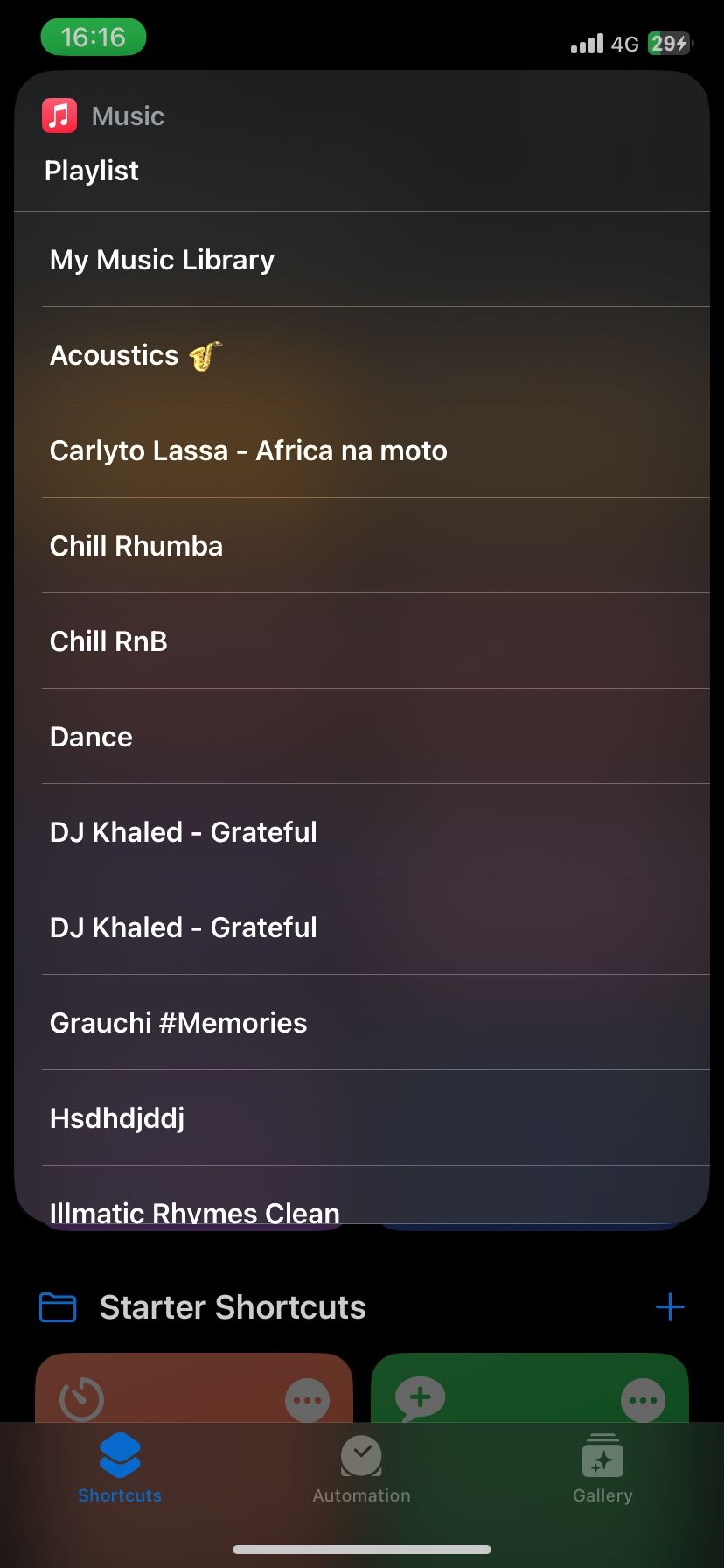
How often does this happen to you? You’re listening to an Apple playlist or the radio, and you find the perfect song to add to your driving or workout playlist?
Just search and download the Add to a playlist shortcut in the Gallery section of Shortcuts, then add it to your widgets. After that, tap on it from the widgets section the next time you’re in this situation. You’ll be asked to select one of your playlists, and the song will be added to the end of the playlist instantly.
Combine Apple Music With Your iTunes Collection
Apple Music can be a little confusing, and the fact that it's bolted on to iTunes and the Music app doesn't help. While the features above will help you visually simplify the Apple Music interface, the larger issue is your music collection itself.
With the release of Apple Music, Apple recognized that many users still had their music collections organized in the way they wanted, which is why they came up with the iCloud Music Library.
This little feature acts as a bridge between your music collection (some of which might not be available on Apple Music) and your Apple Music library. While the system isn't perfect, it lets you use Apple Music with your iTunes collection.

